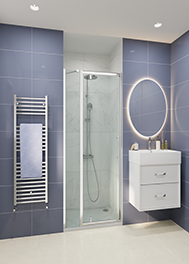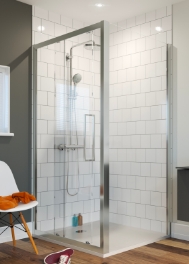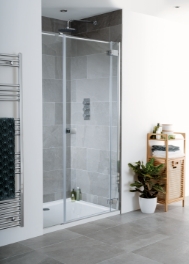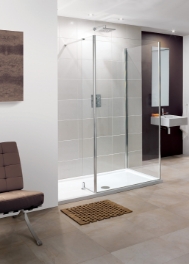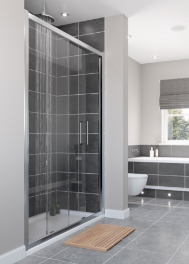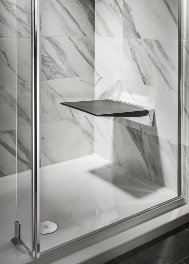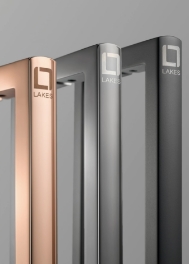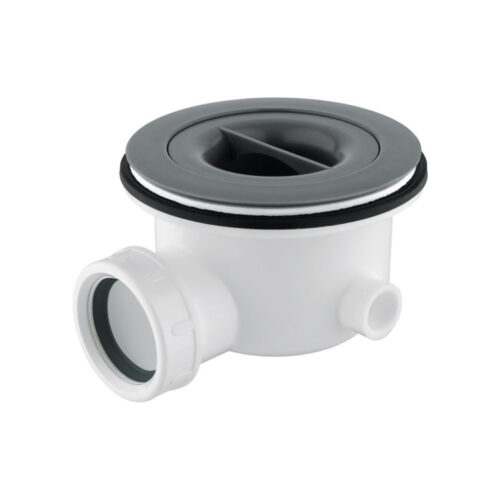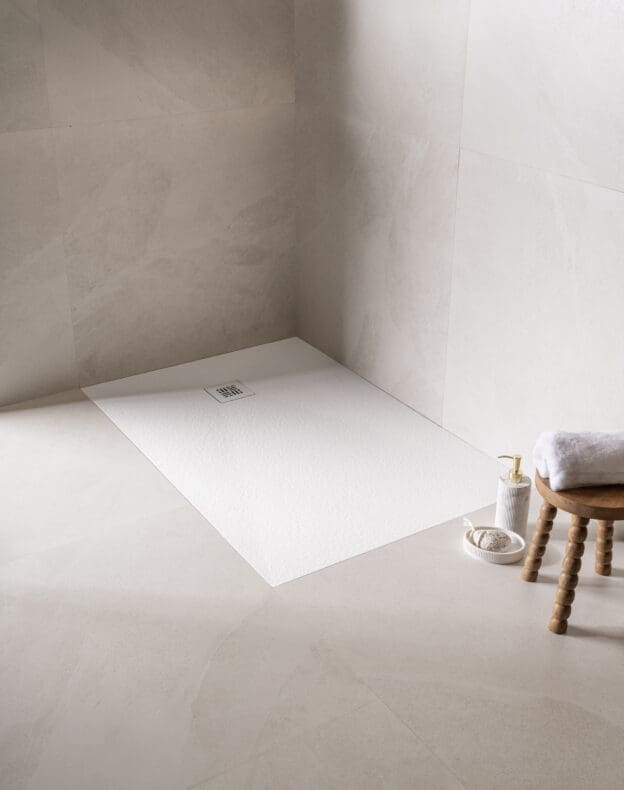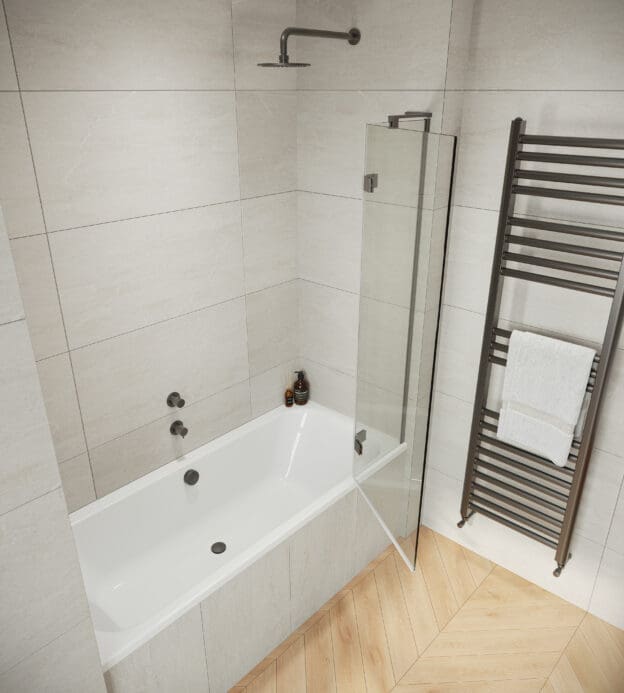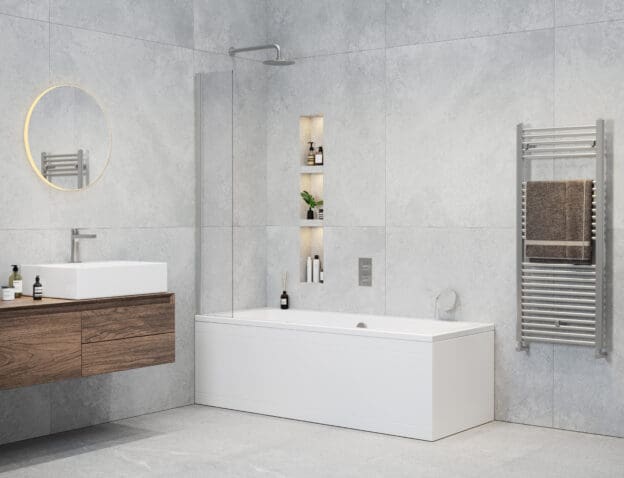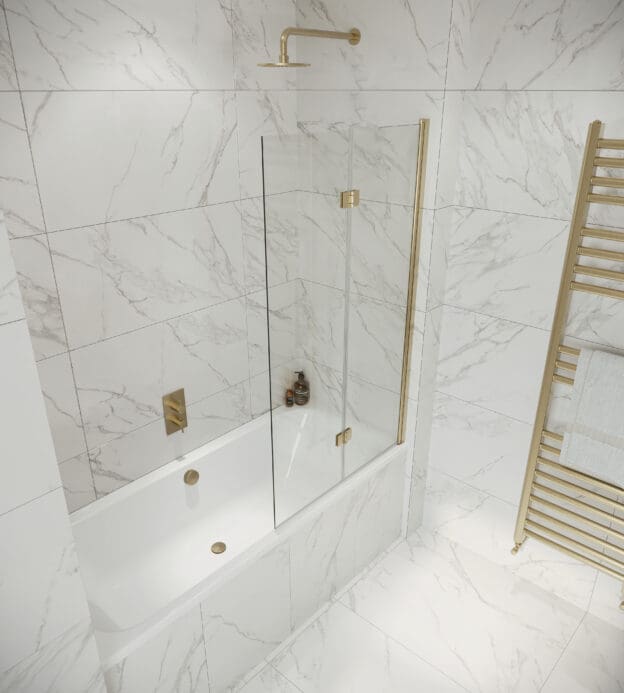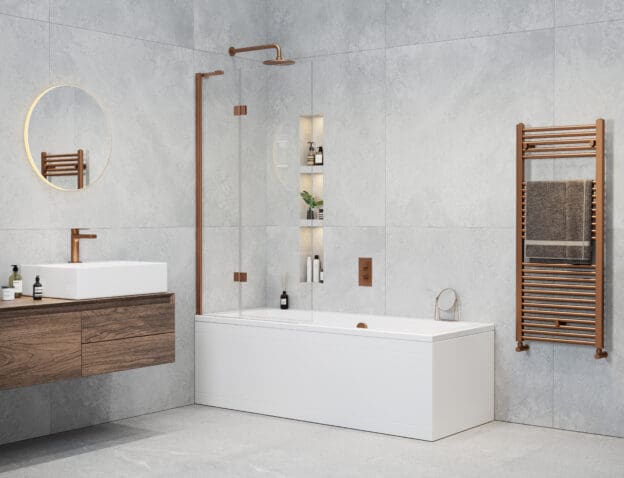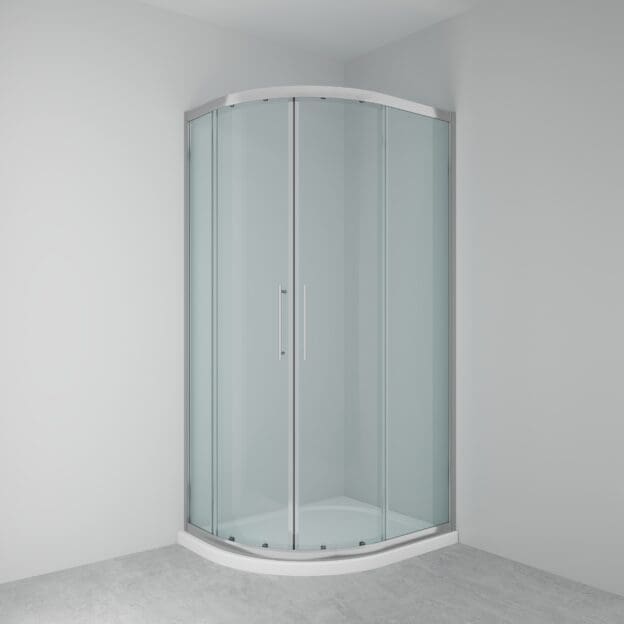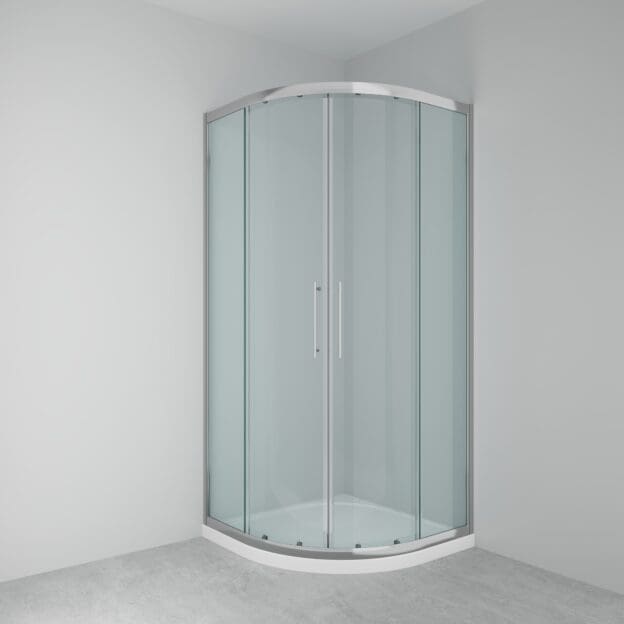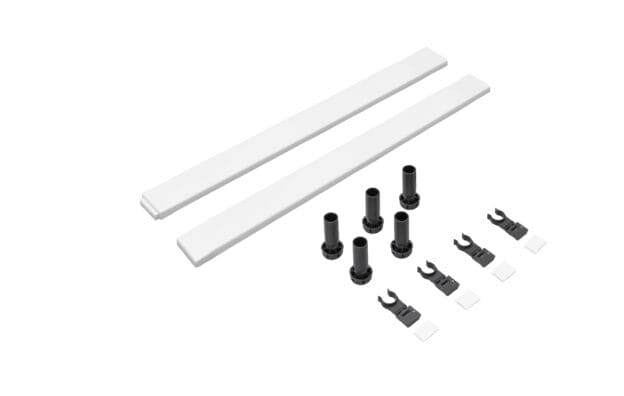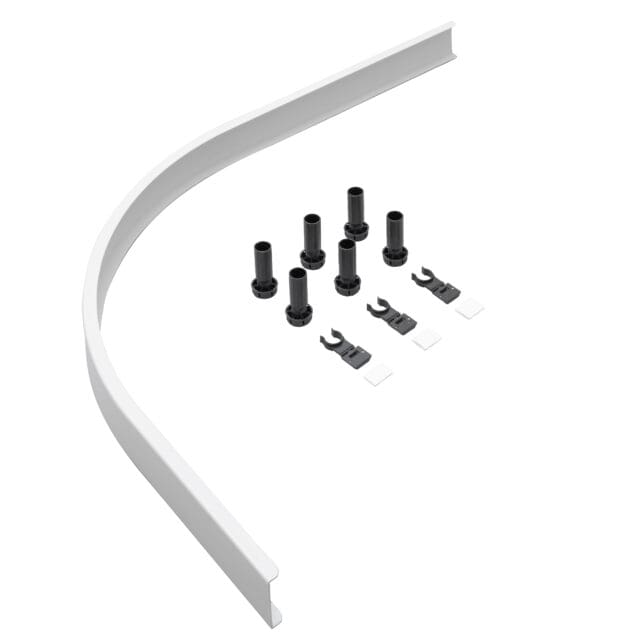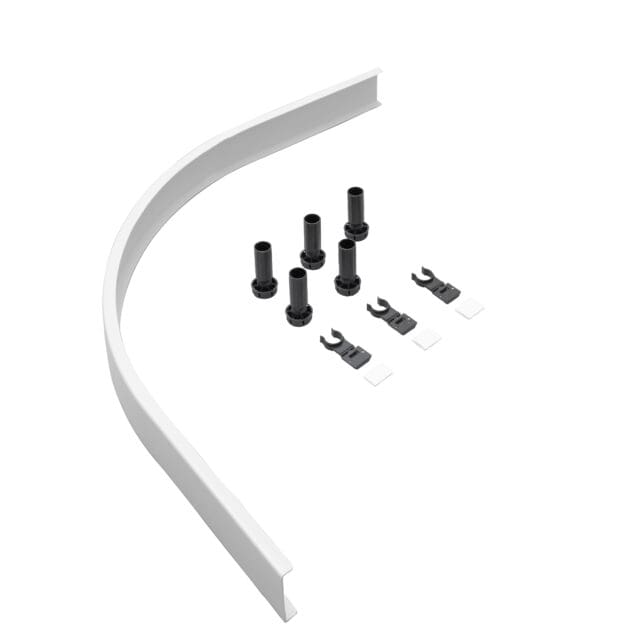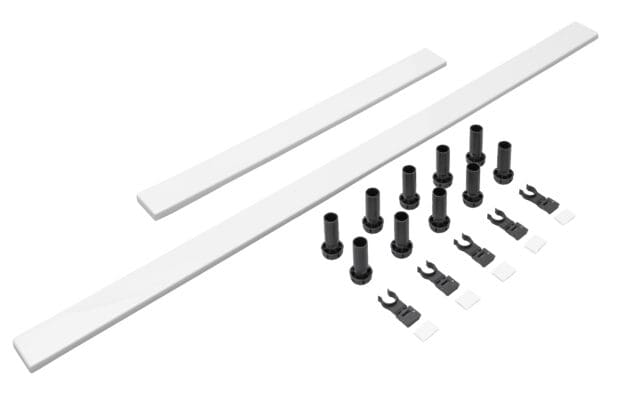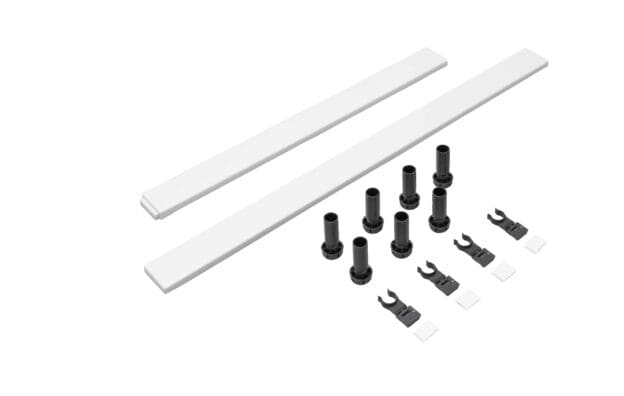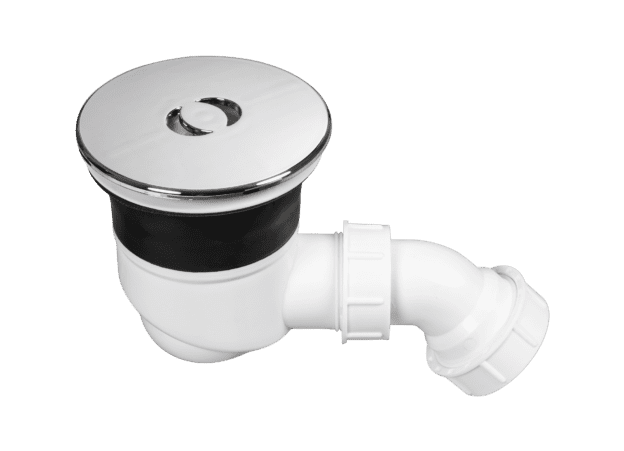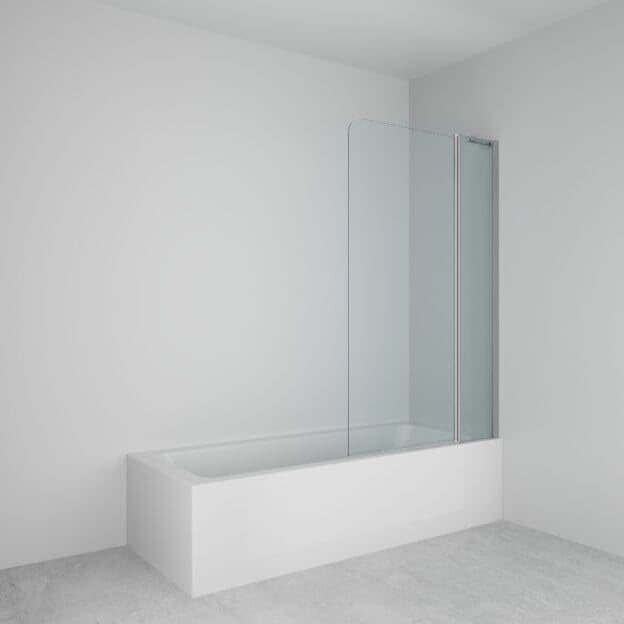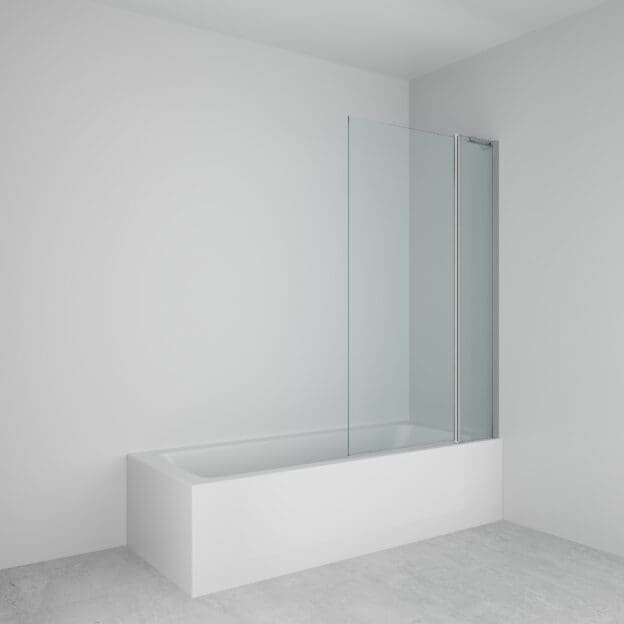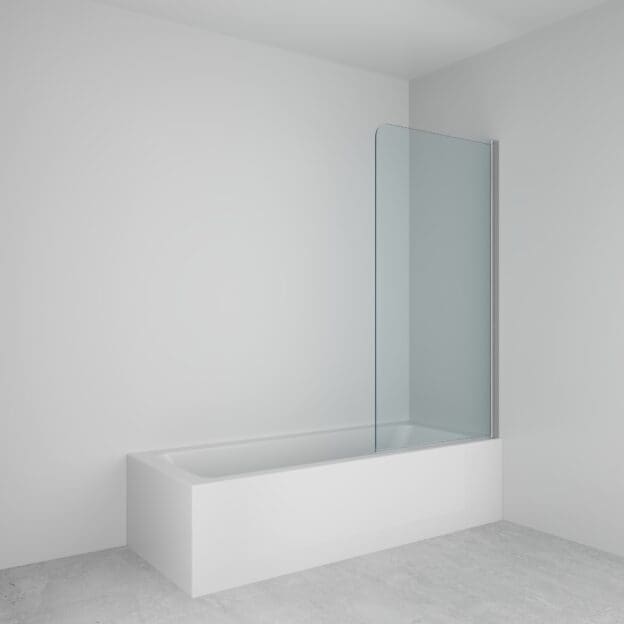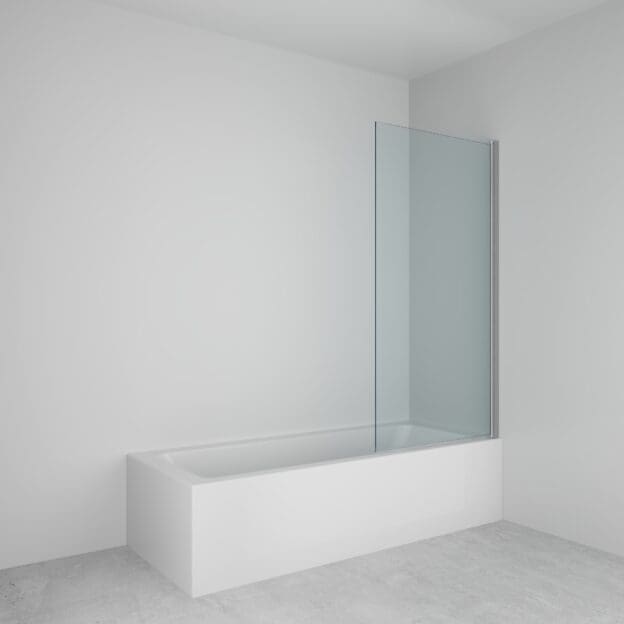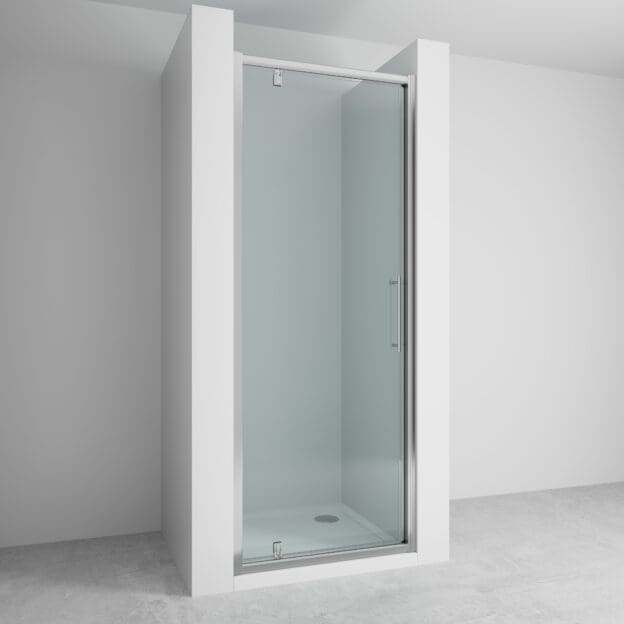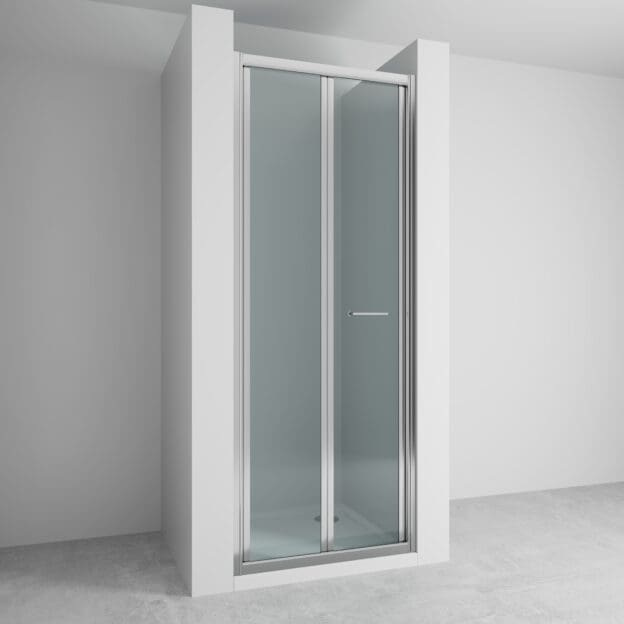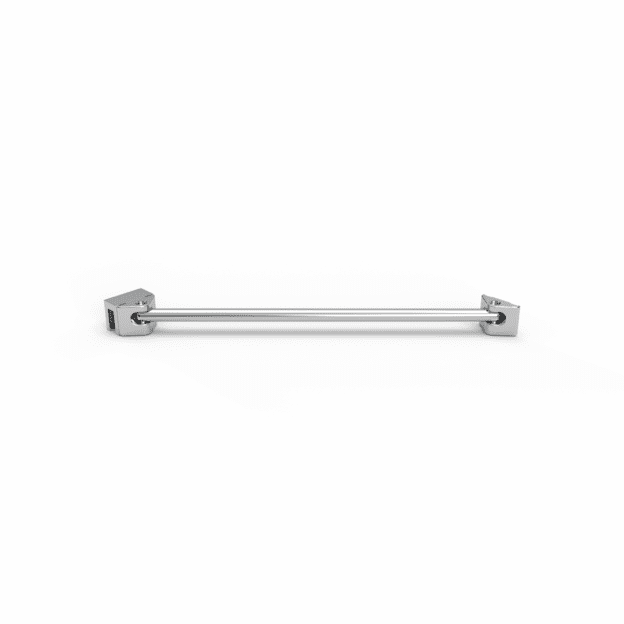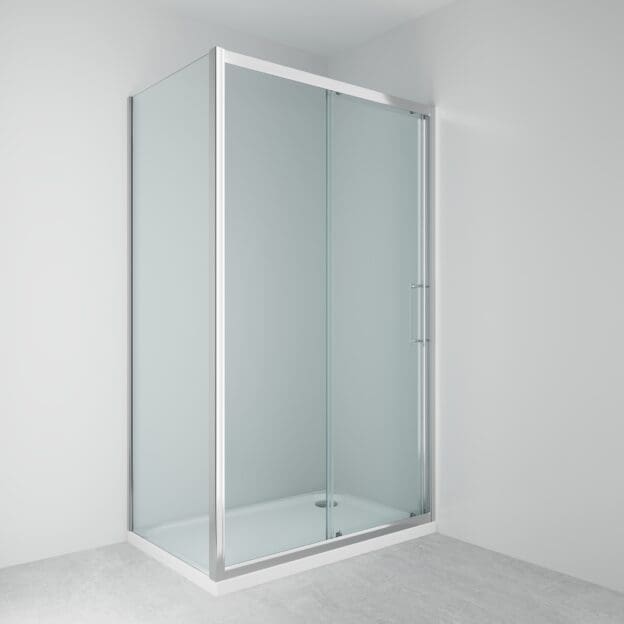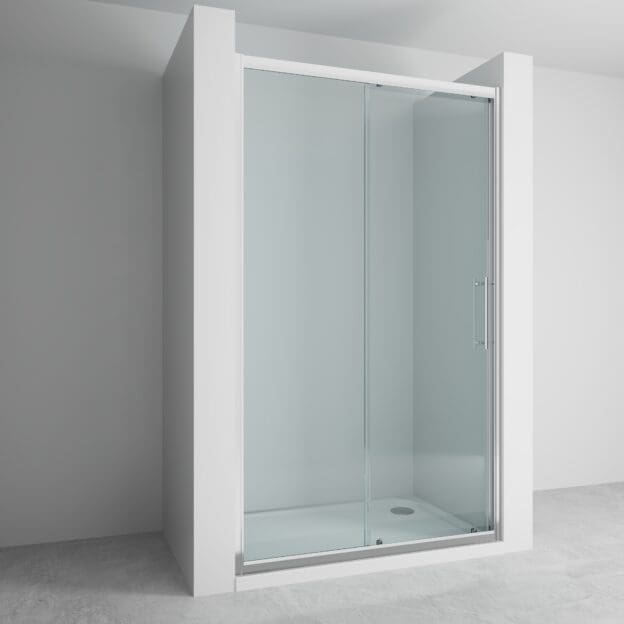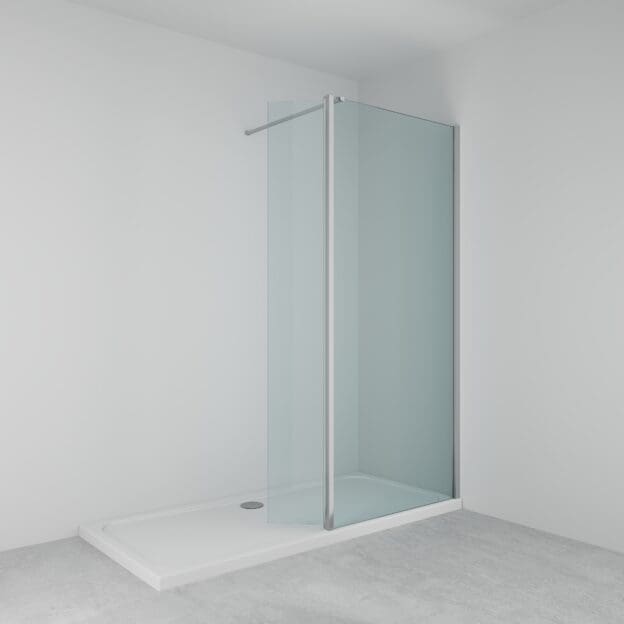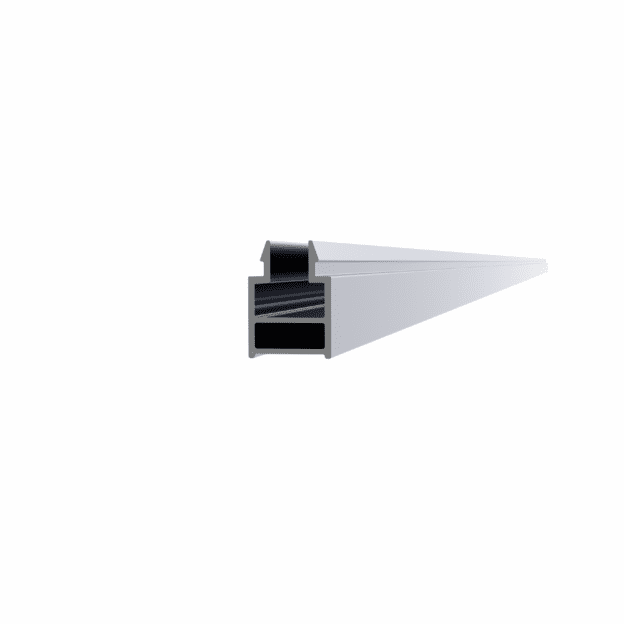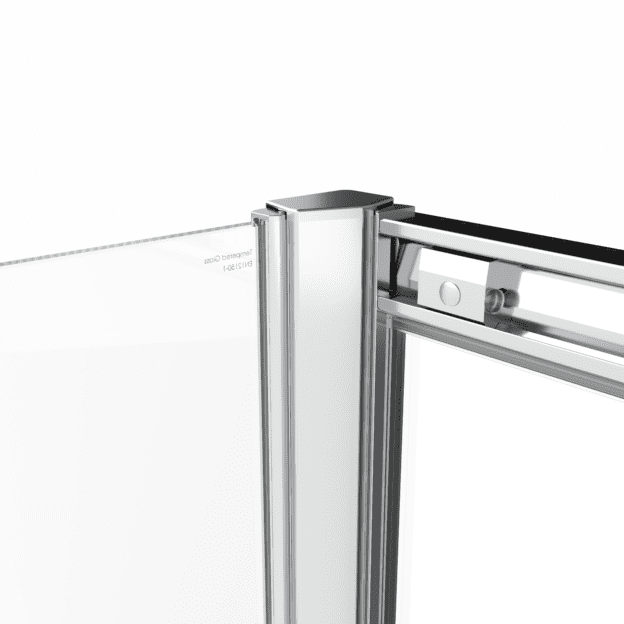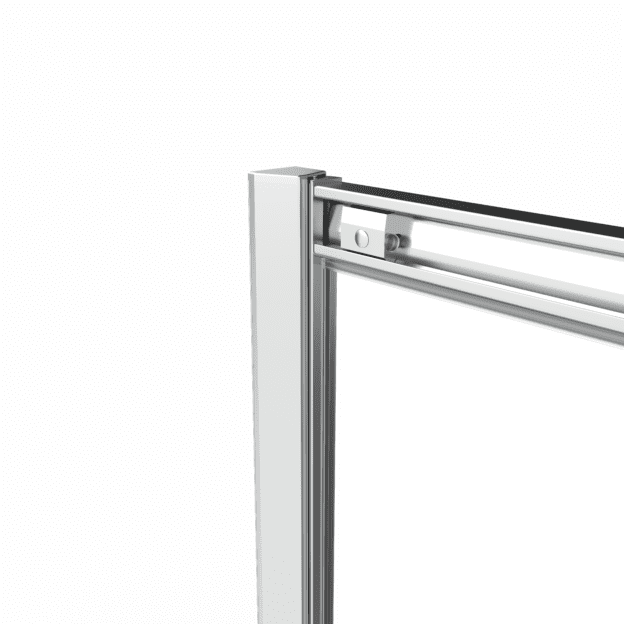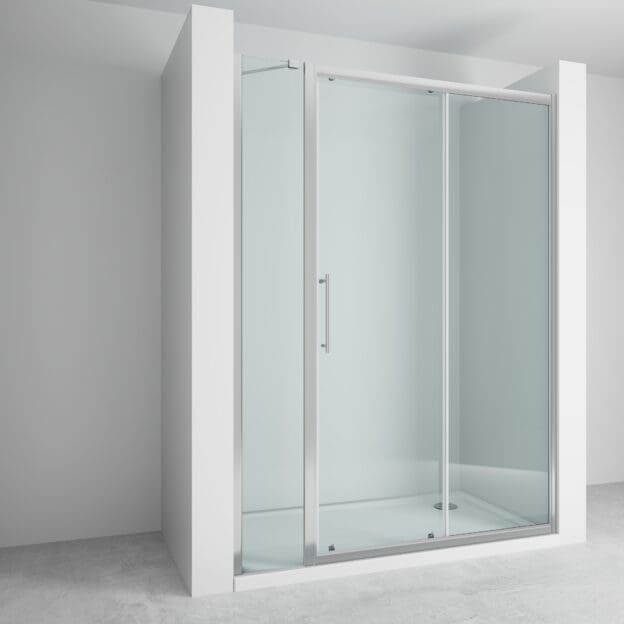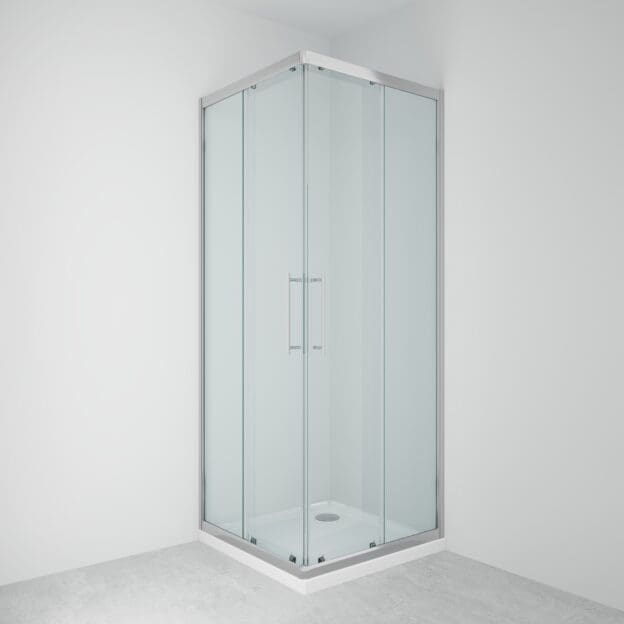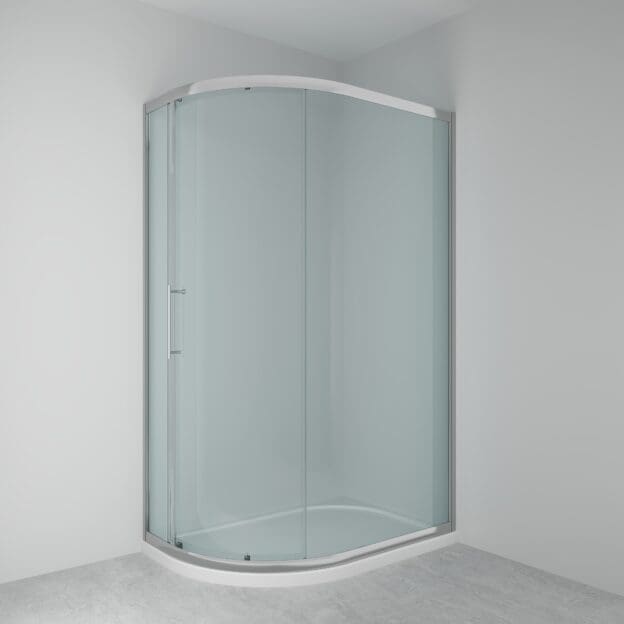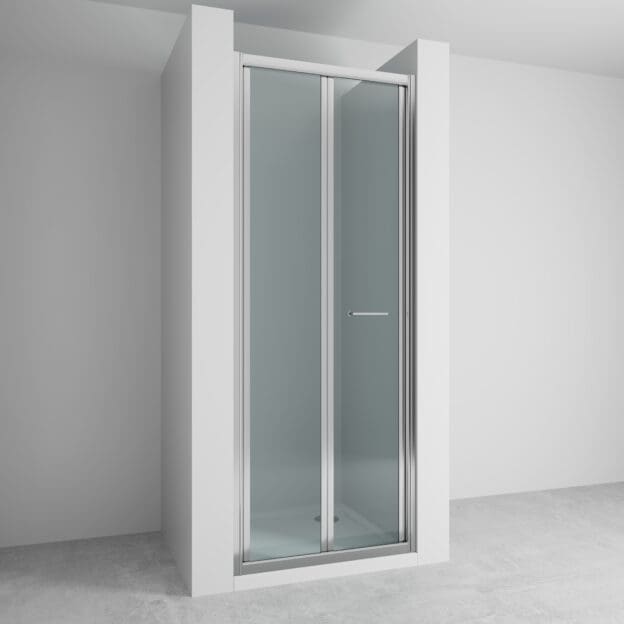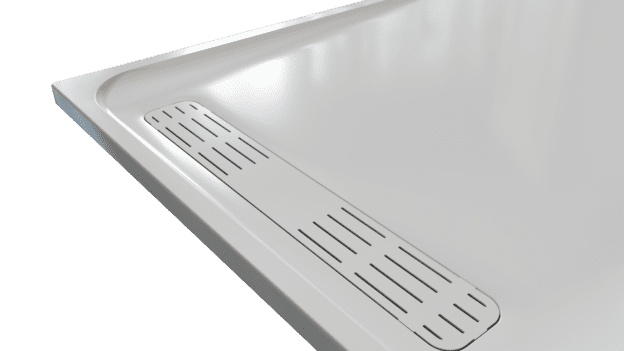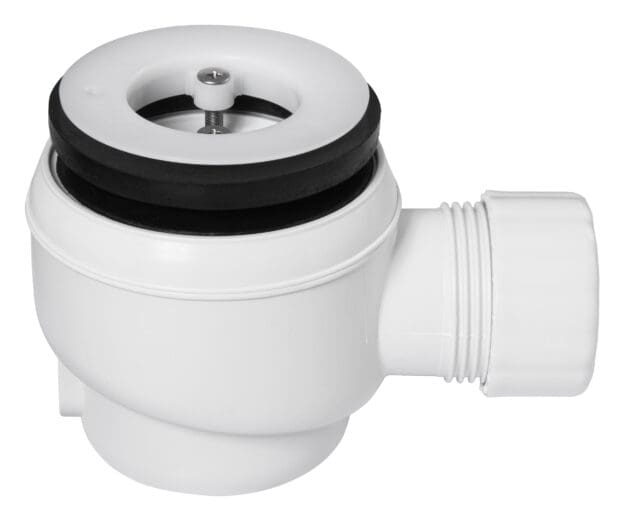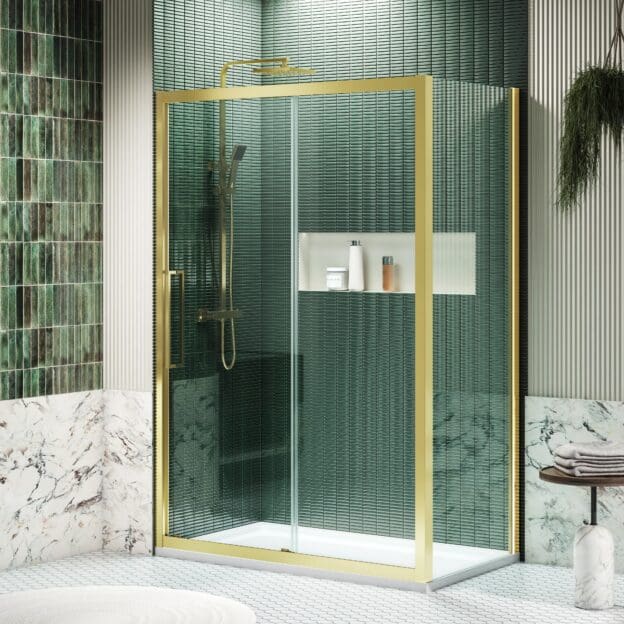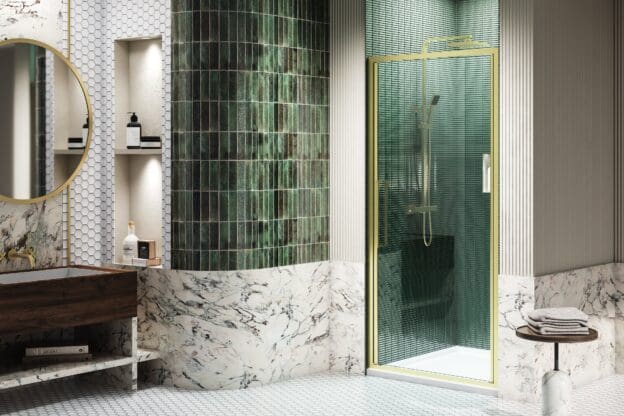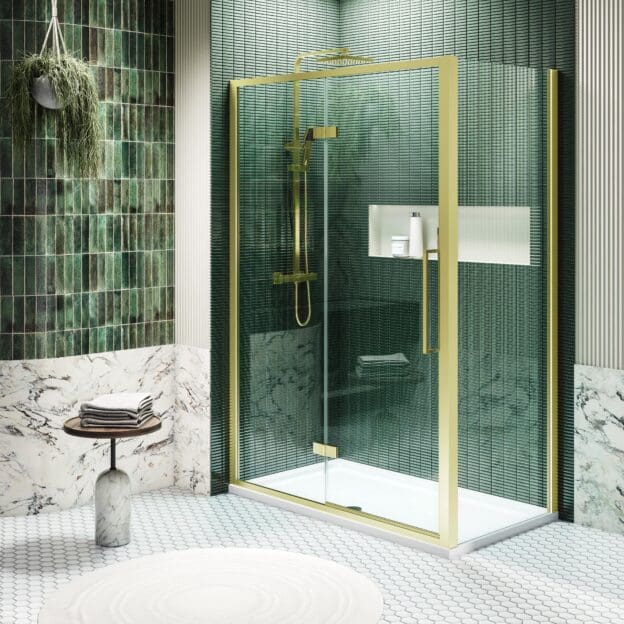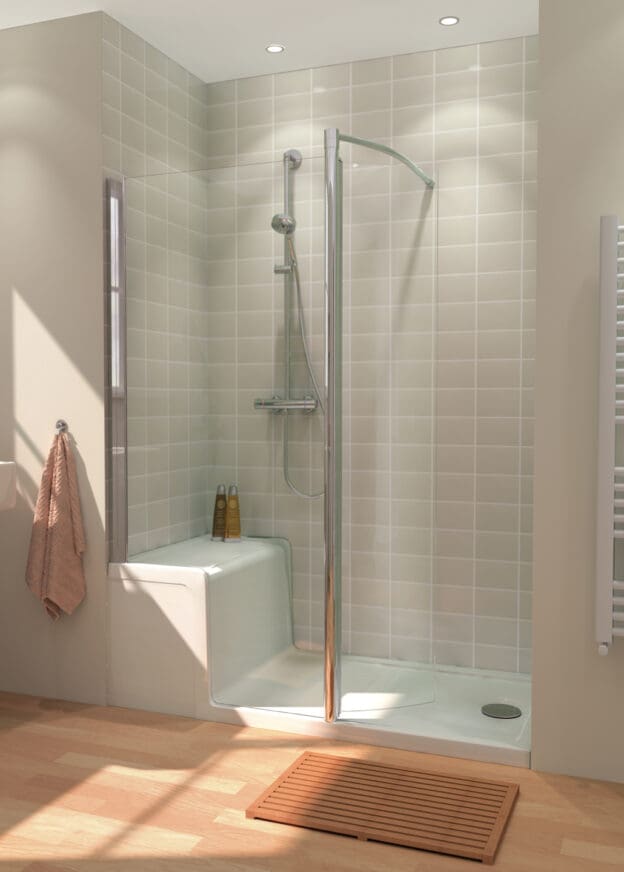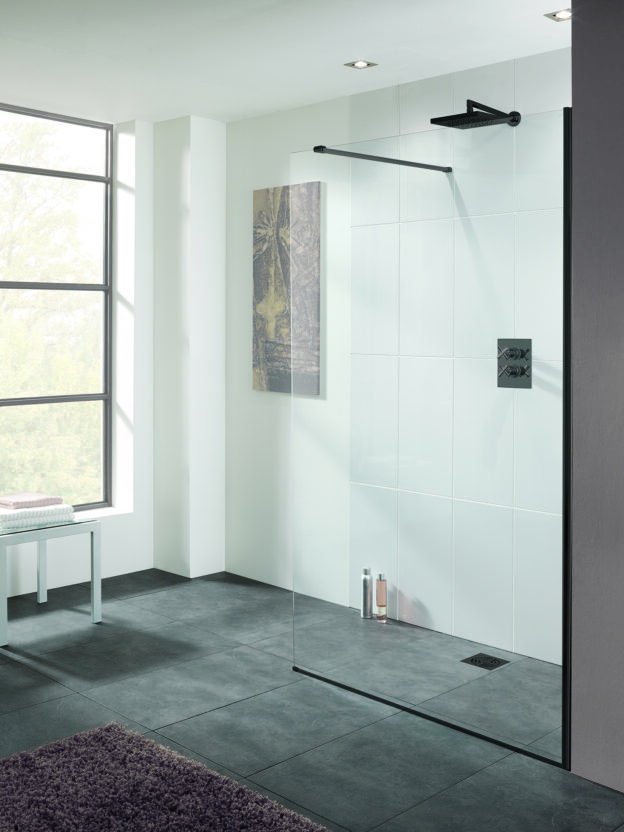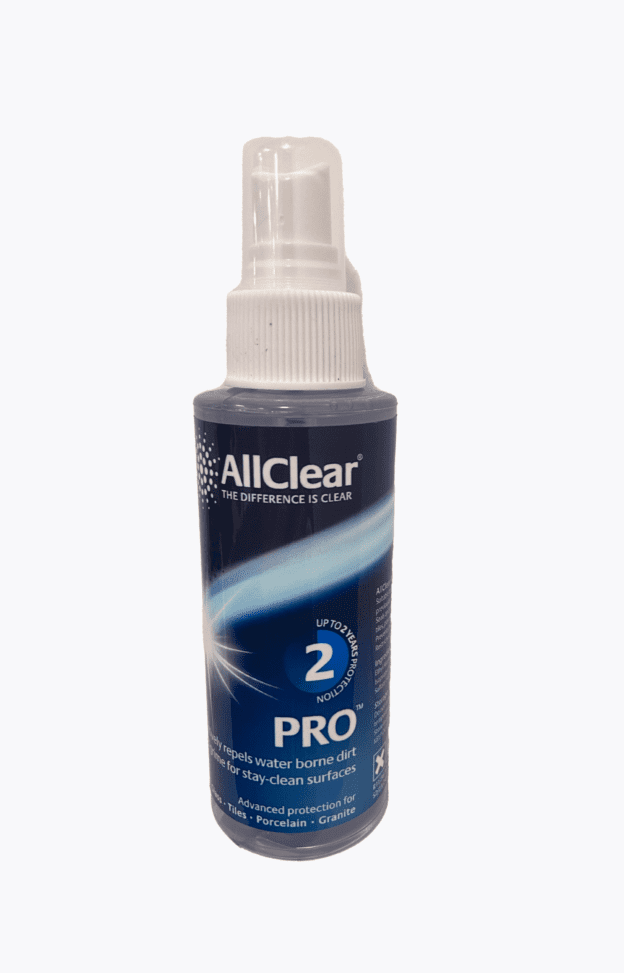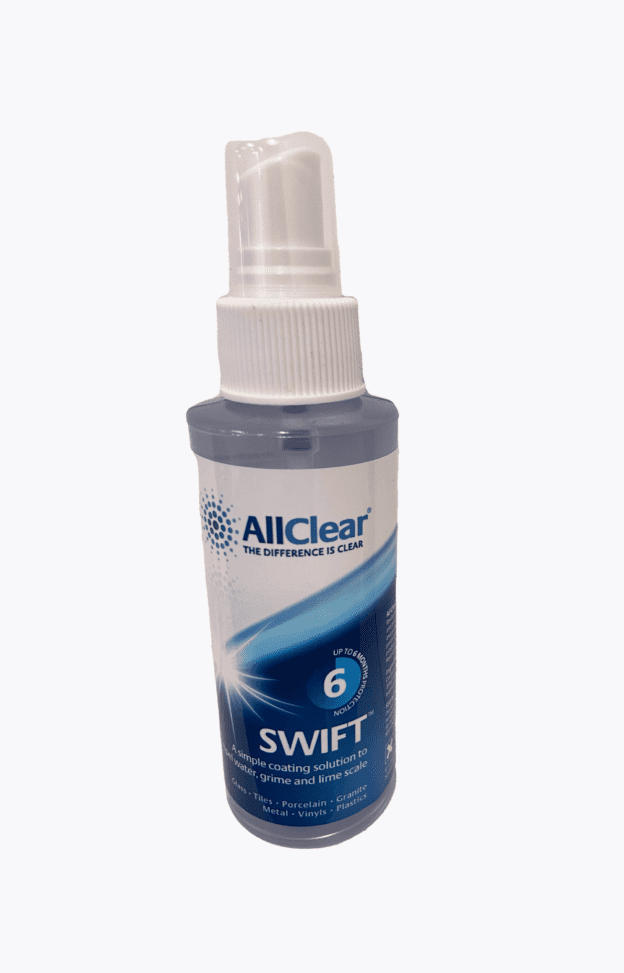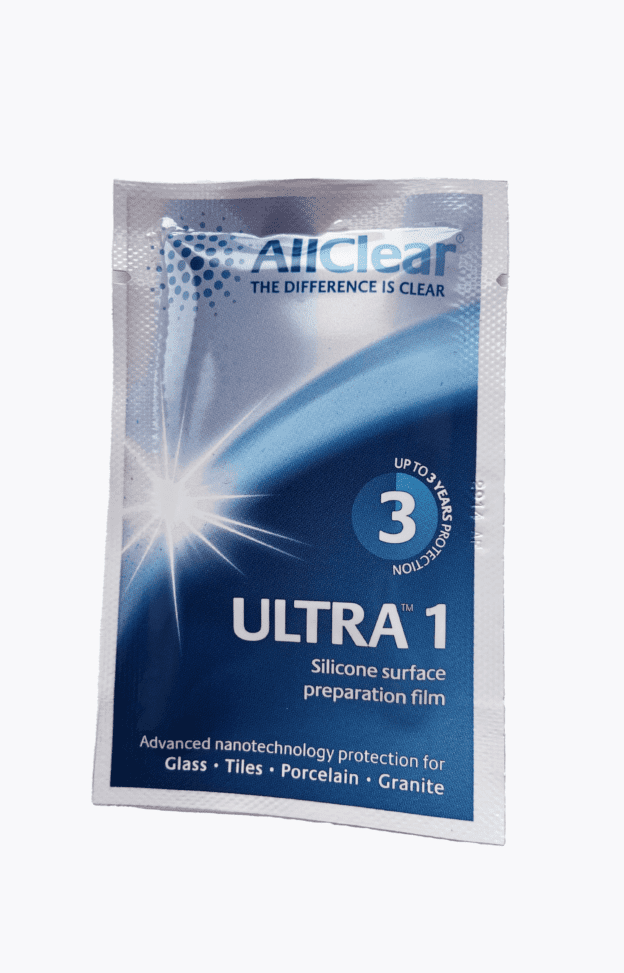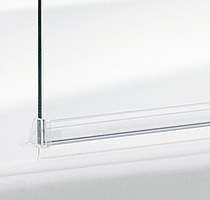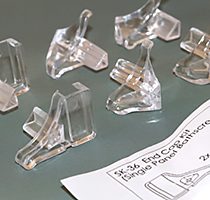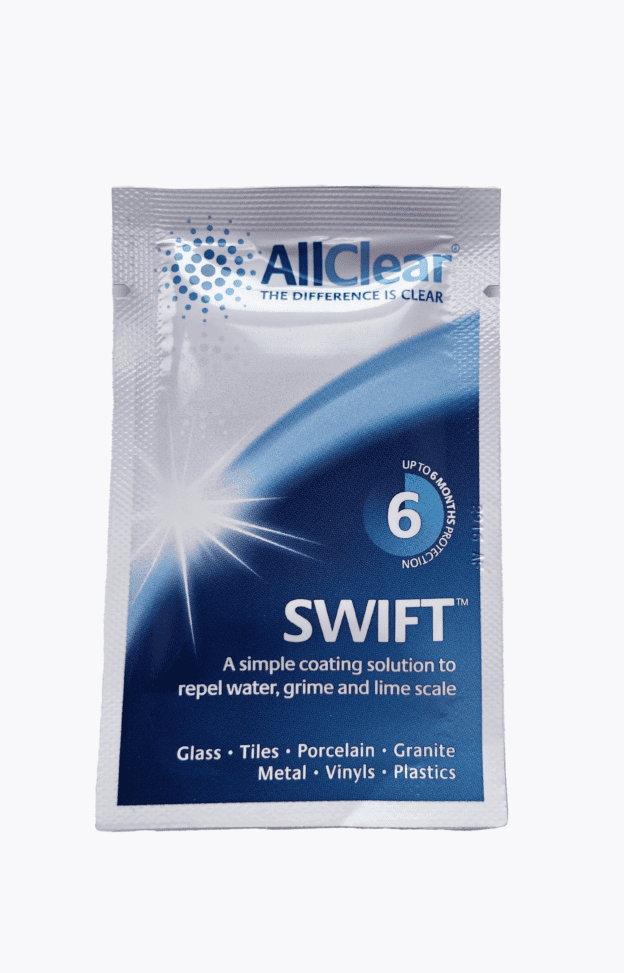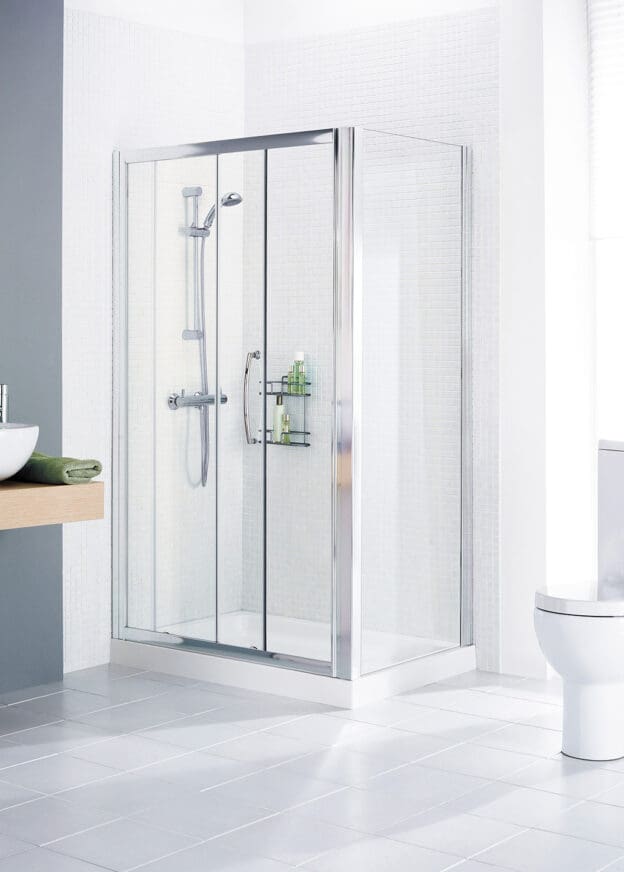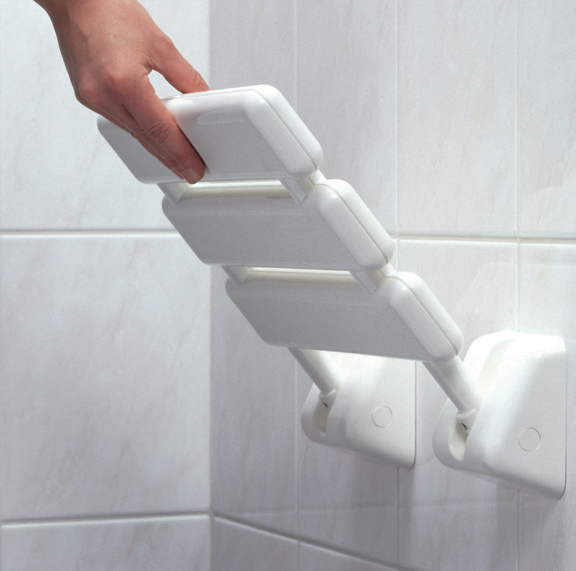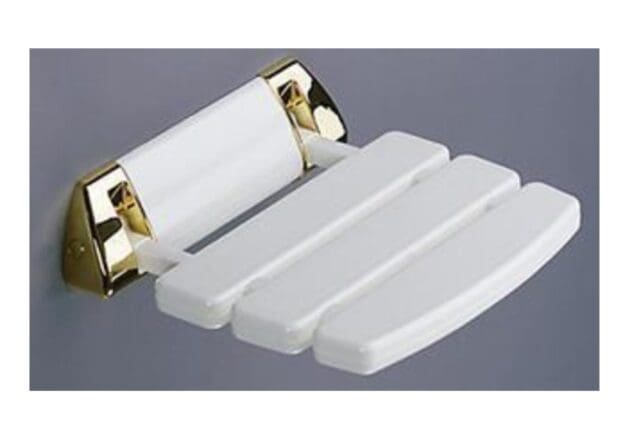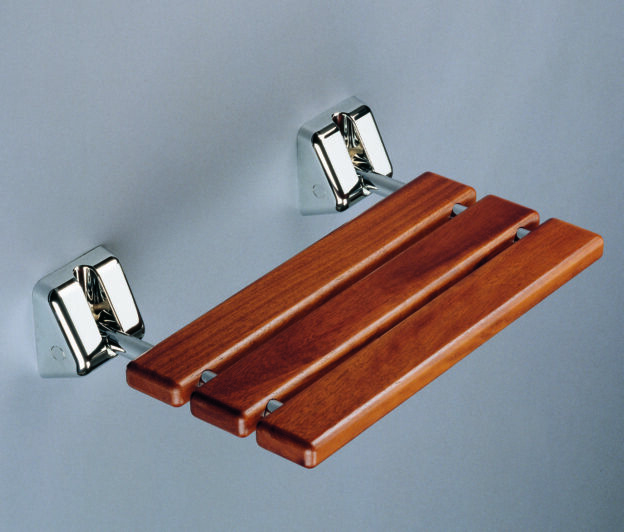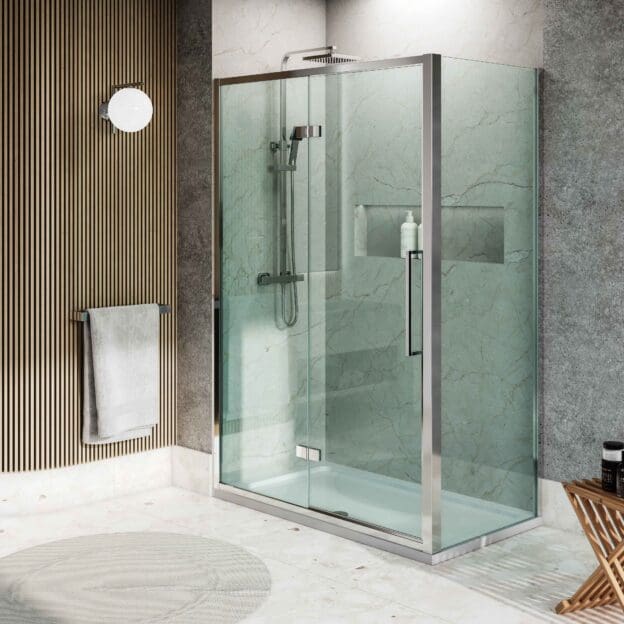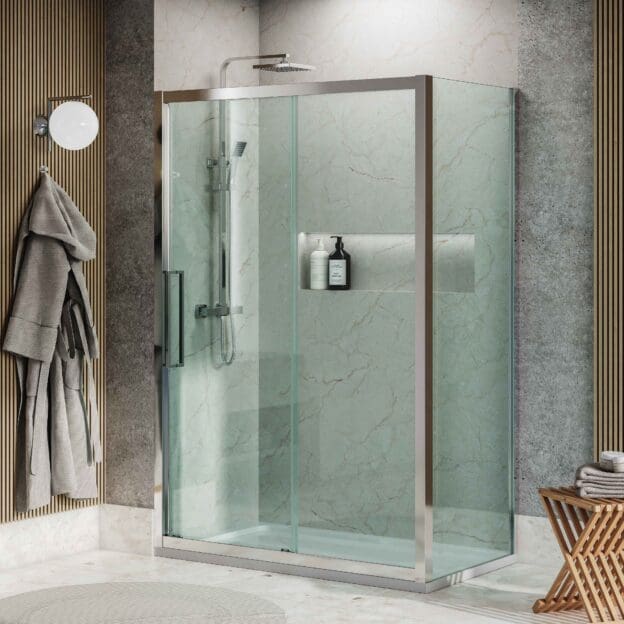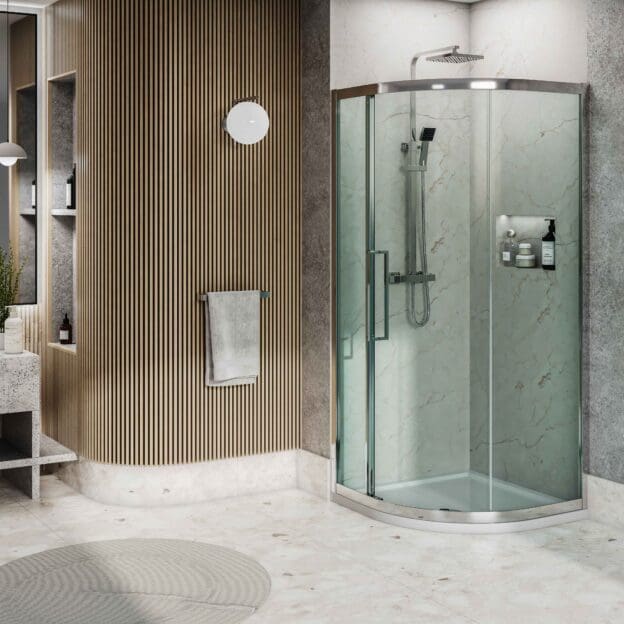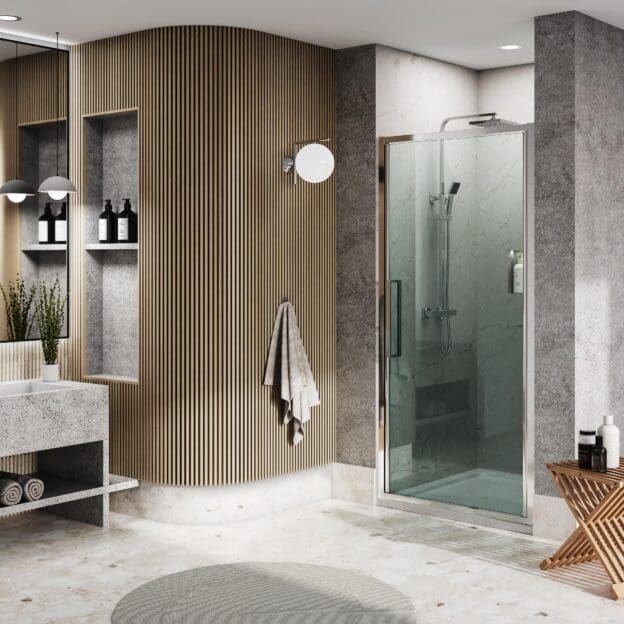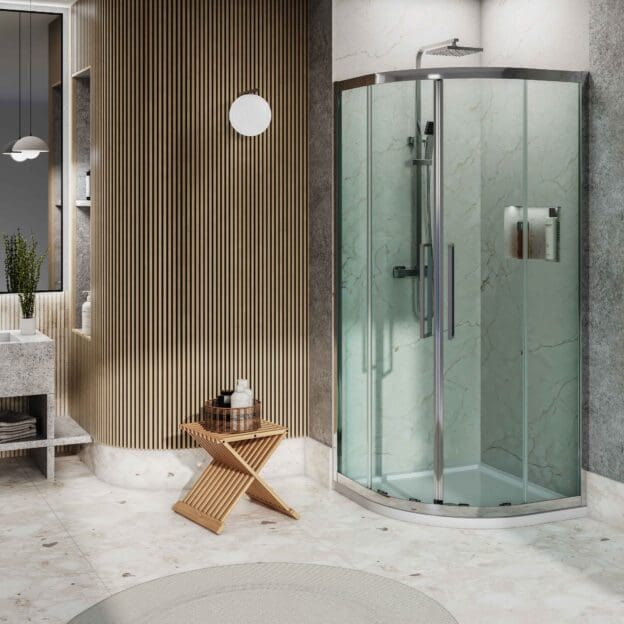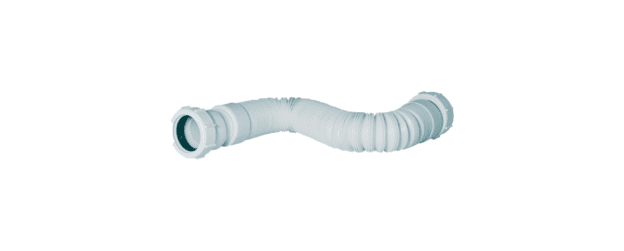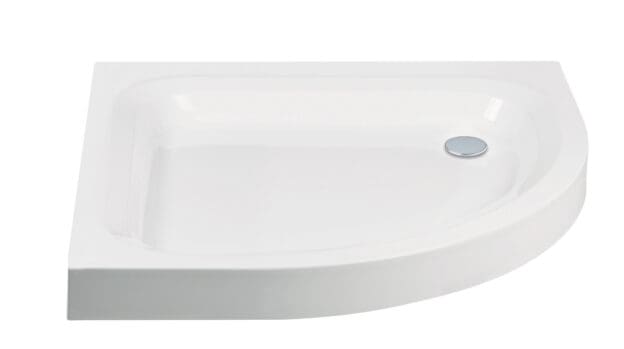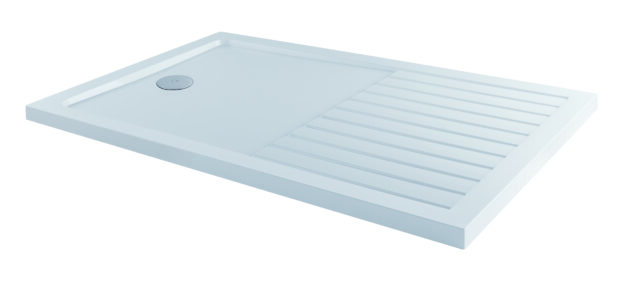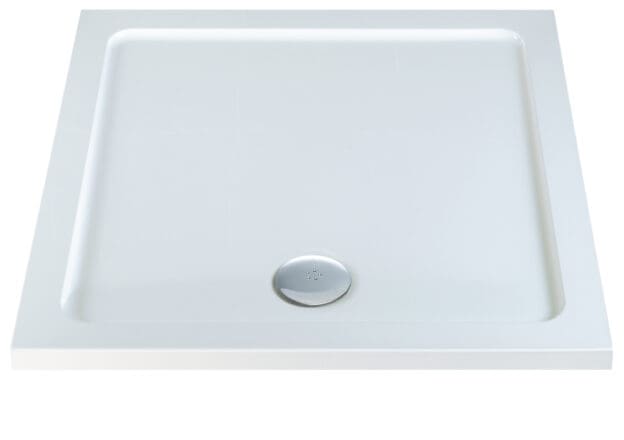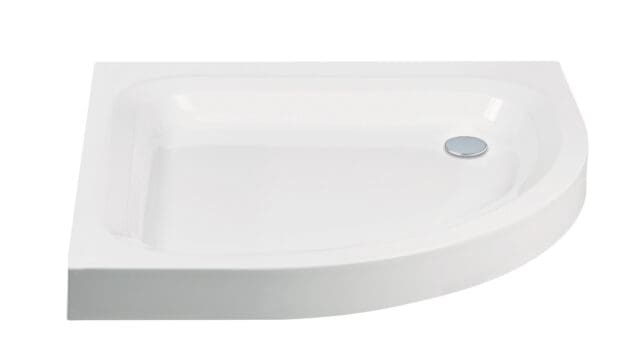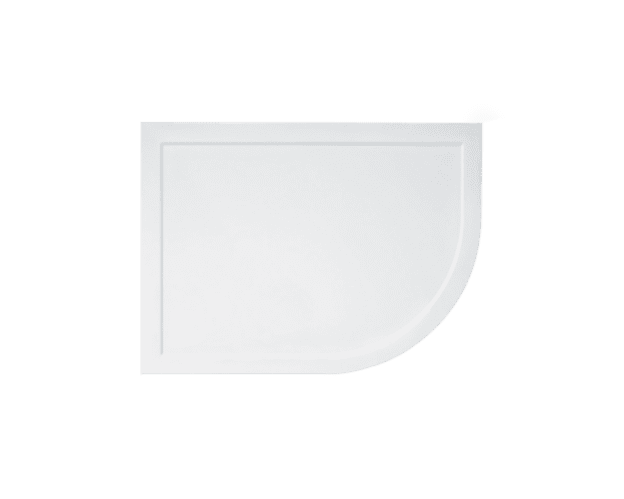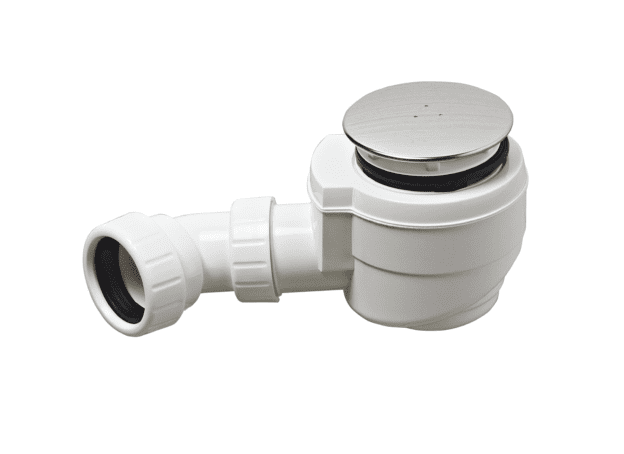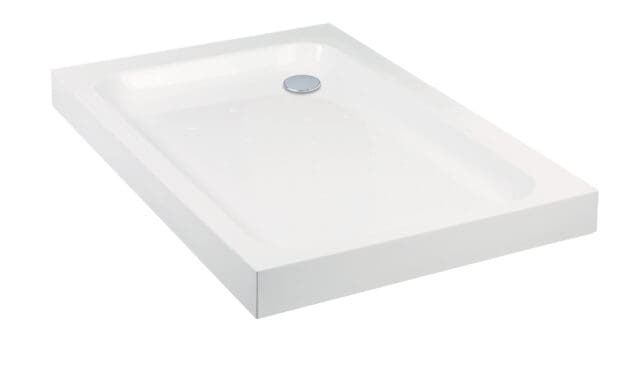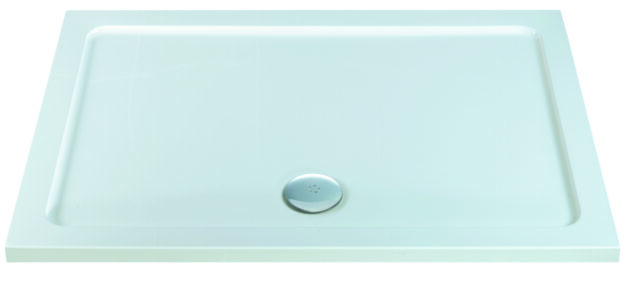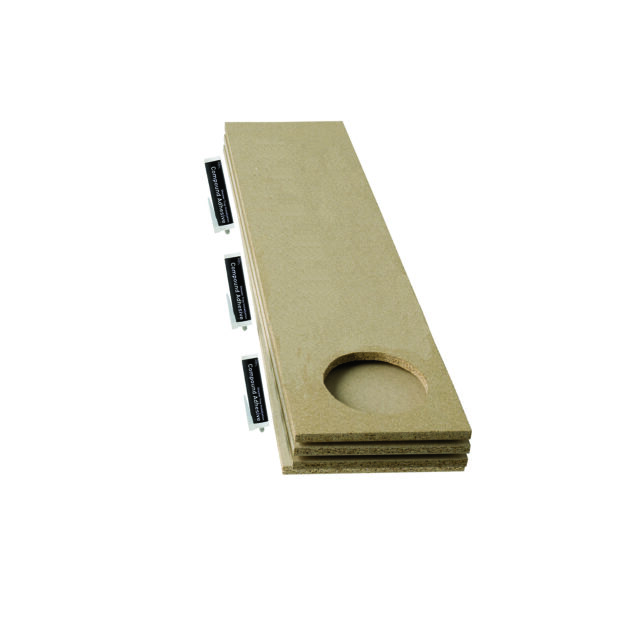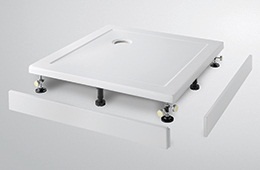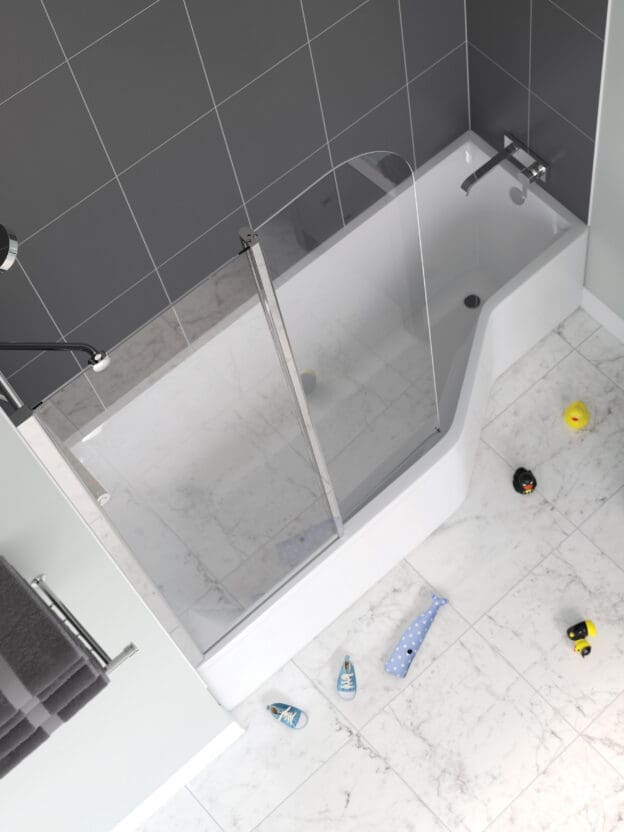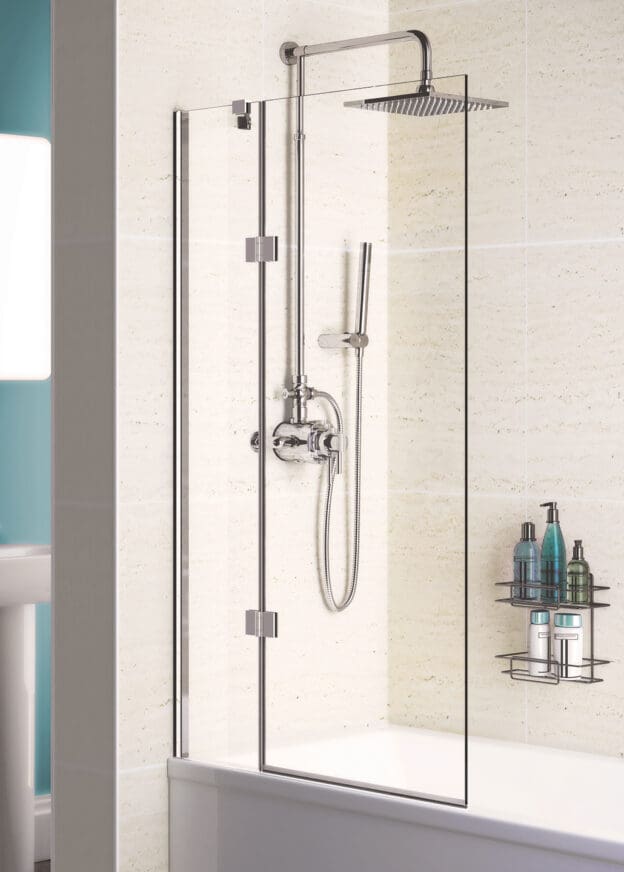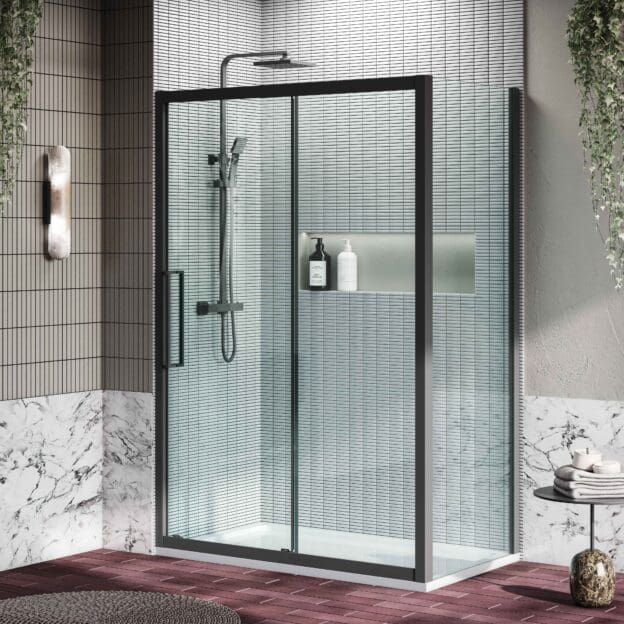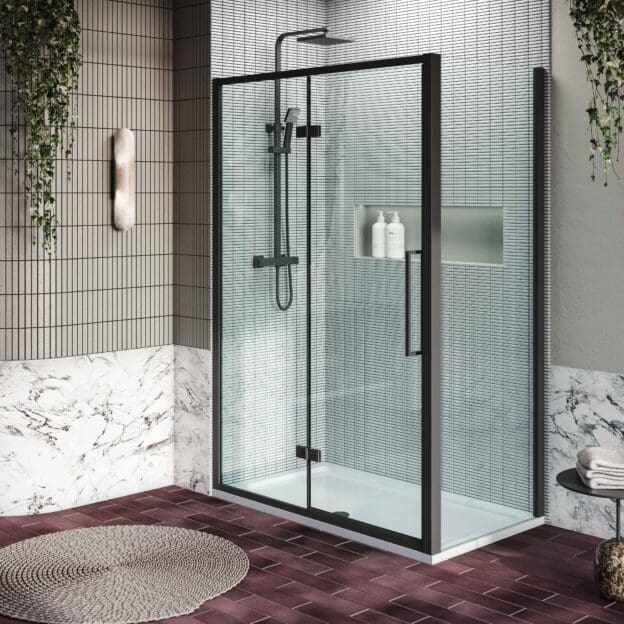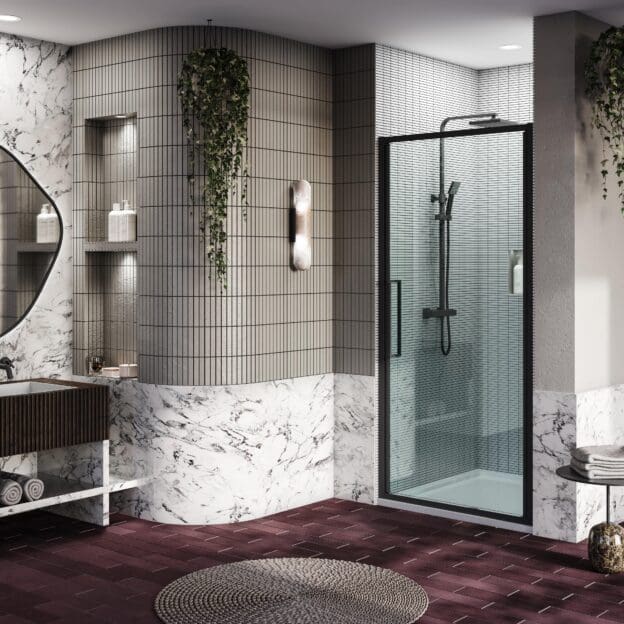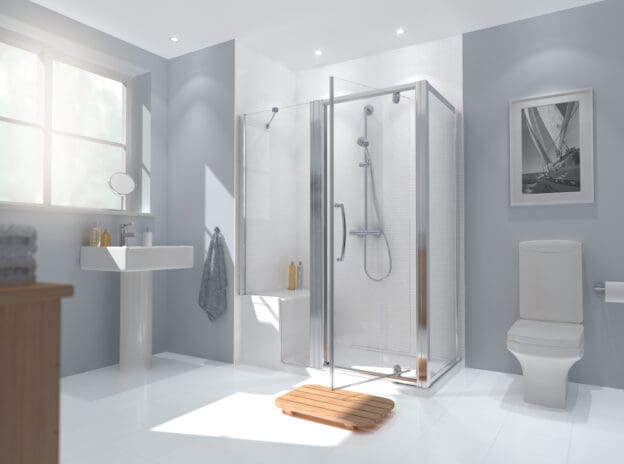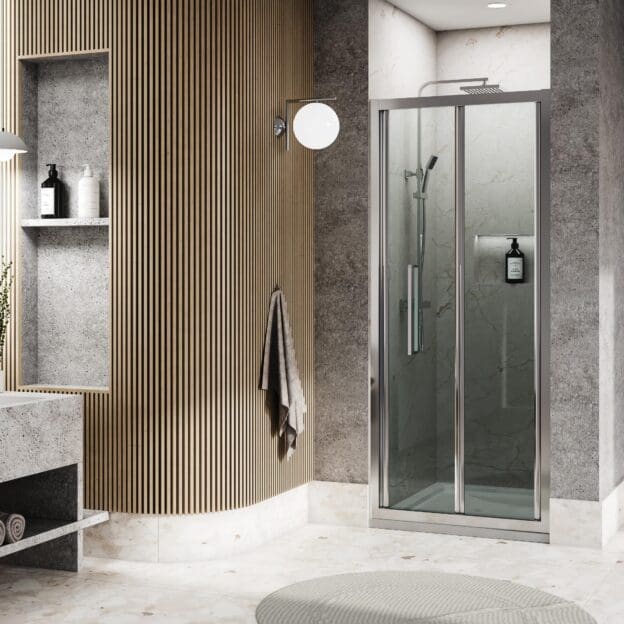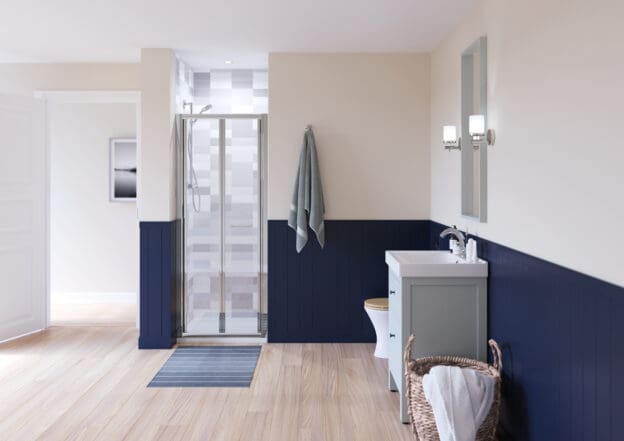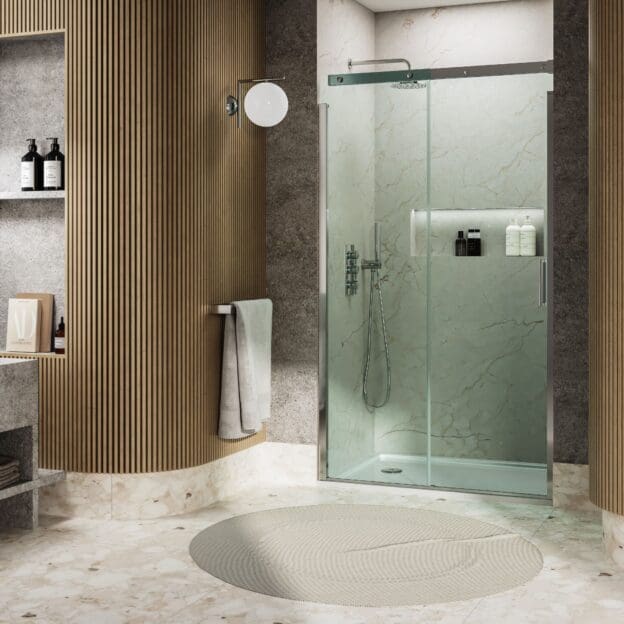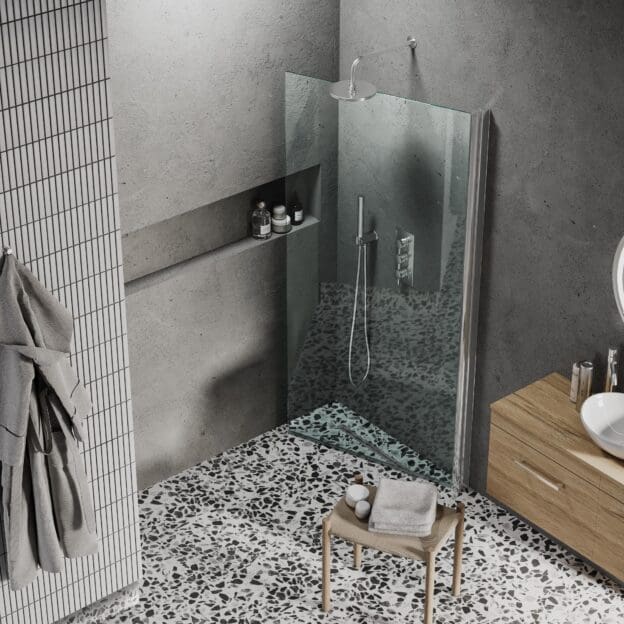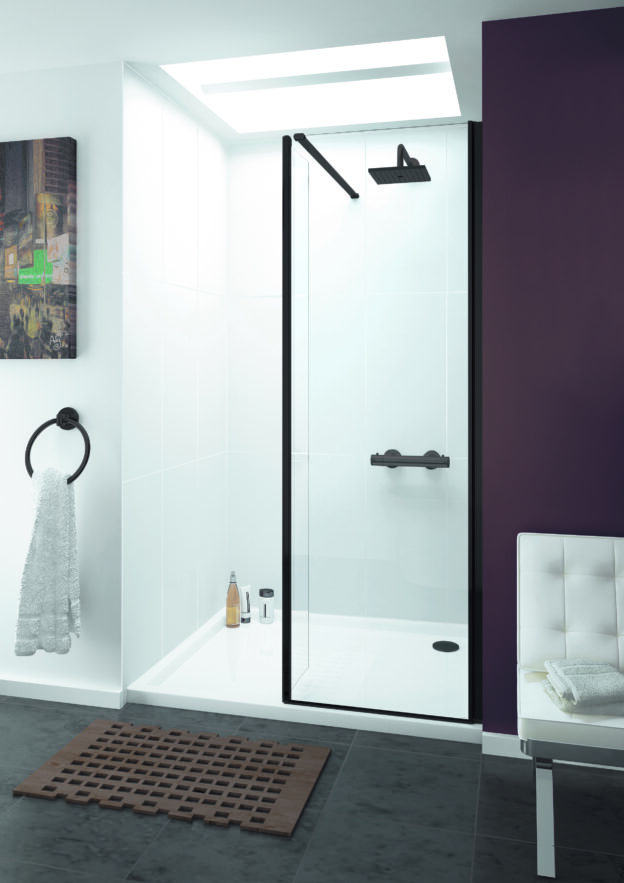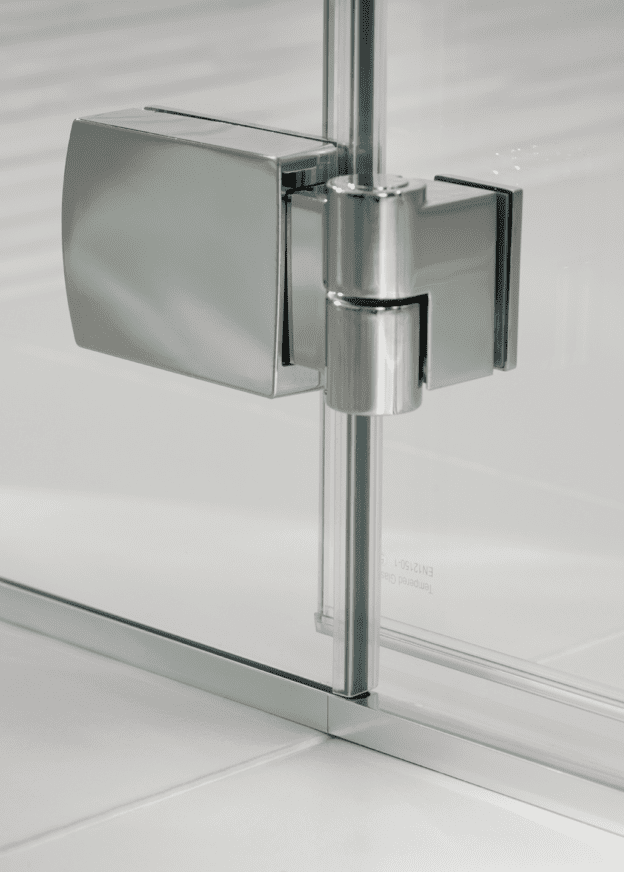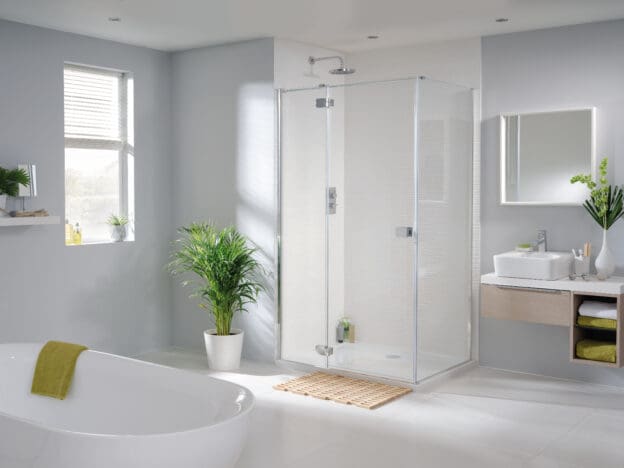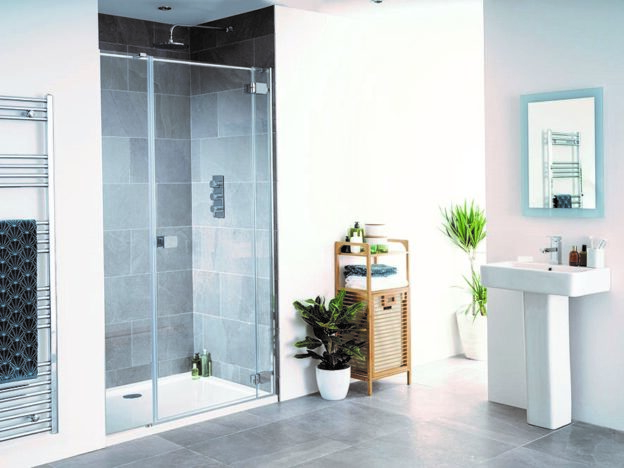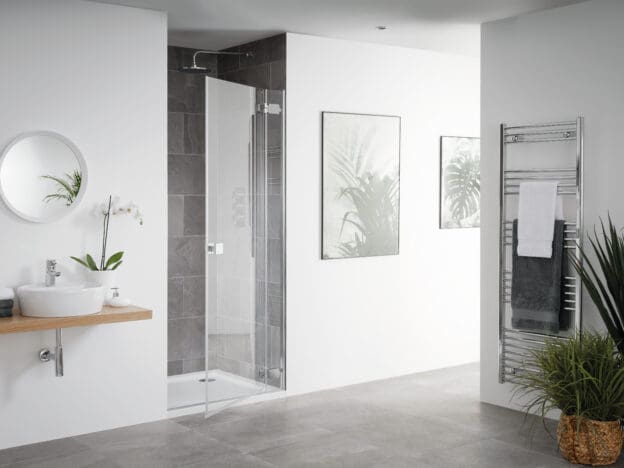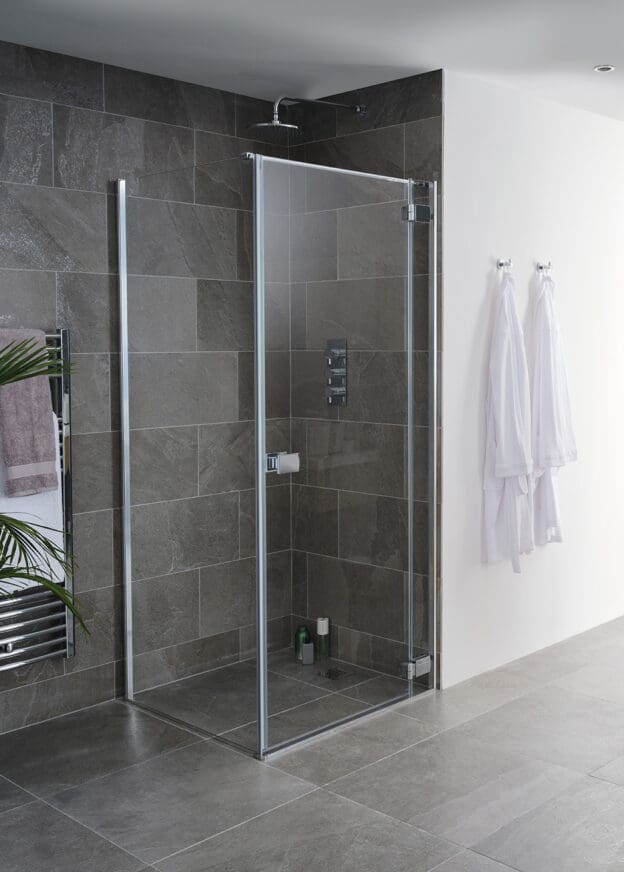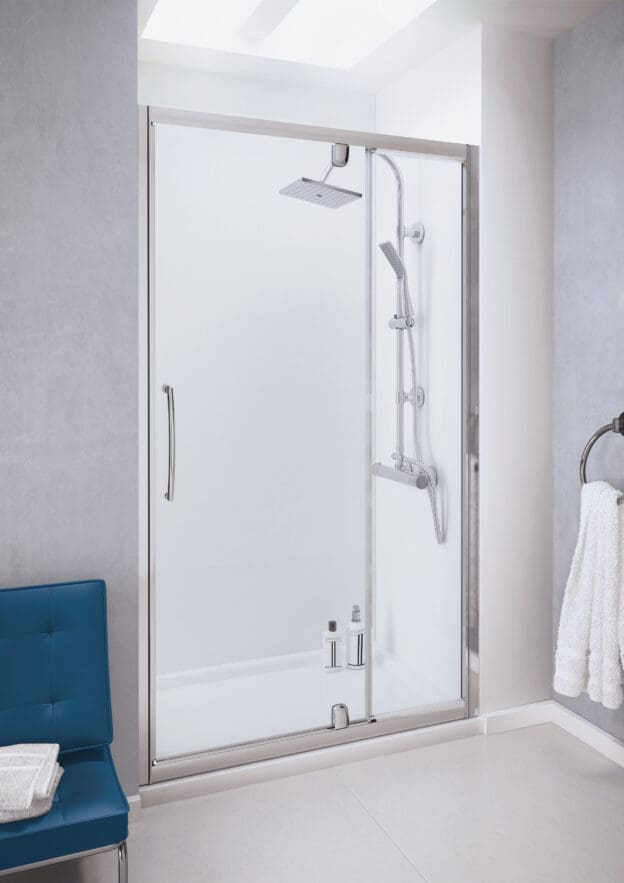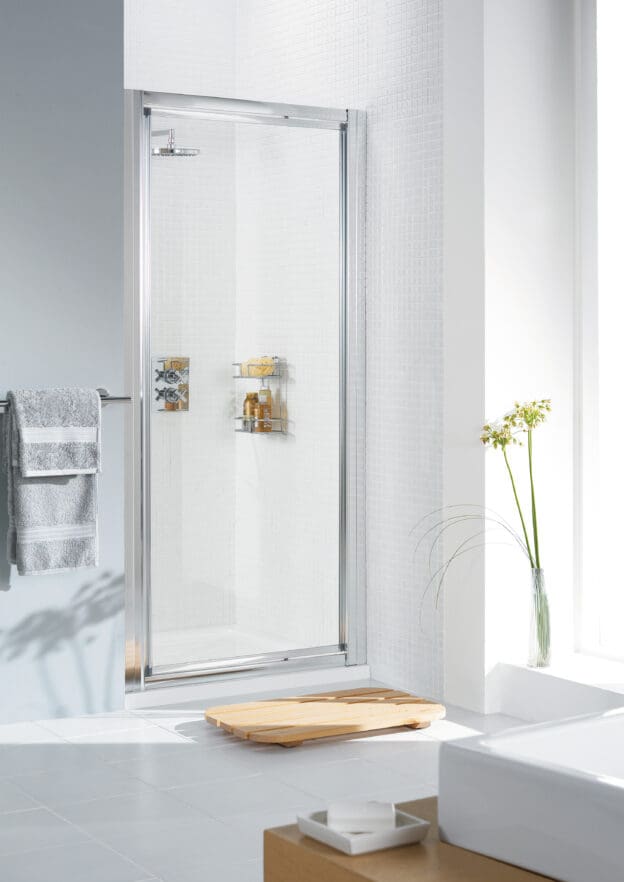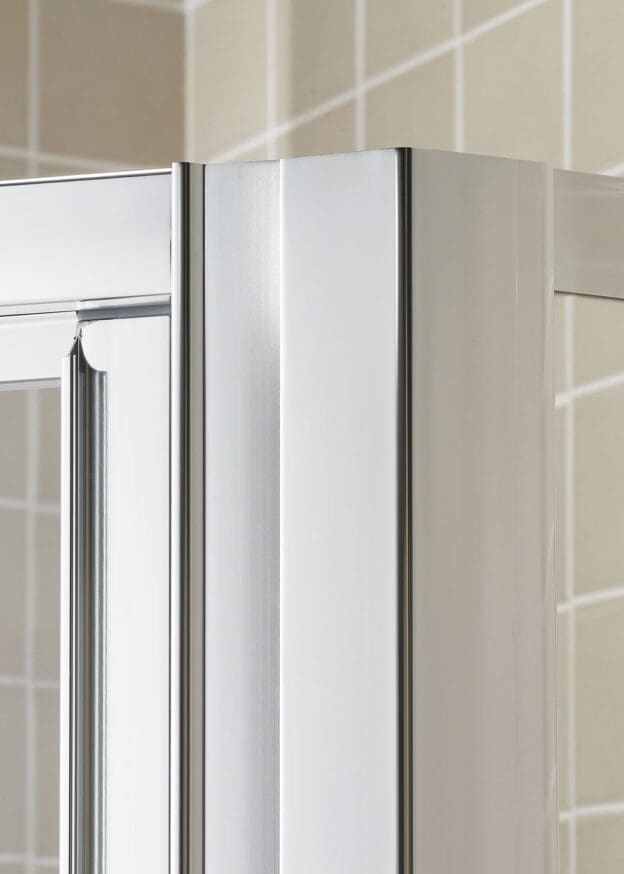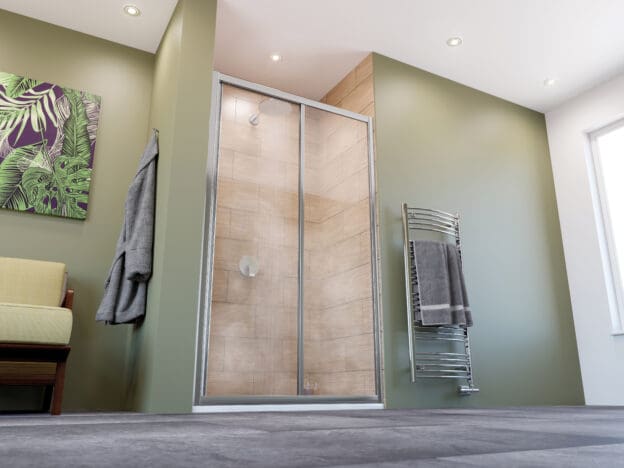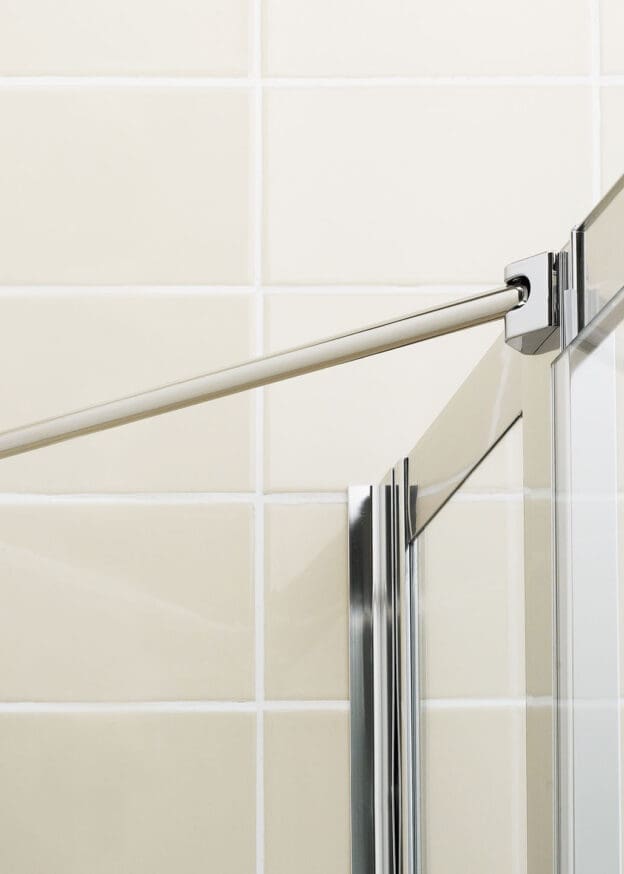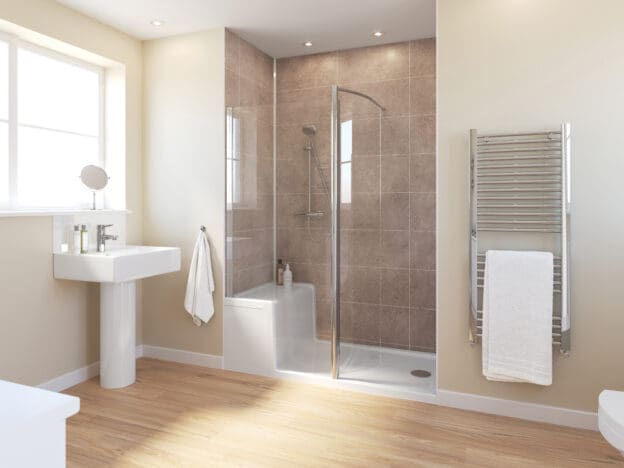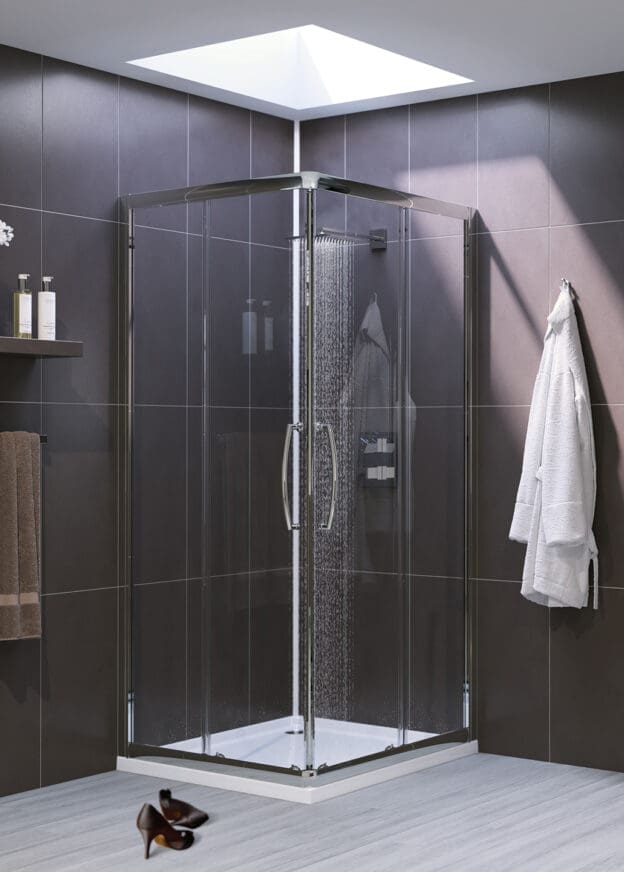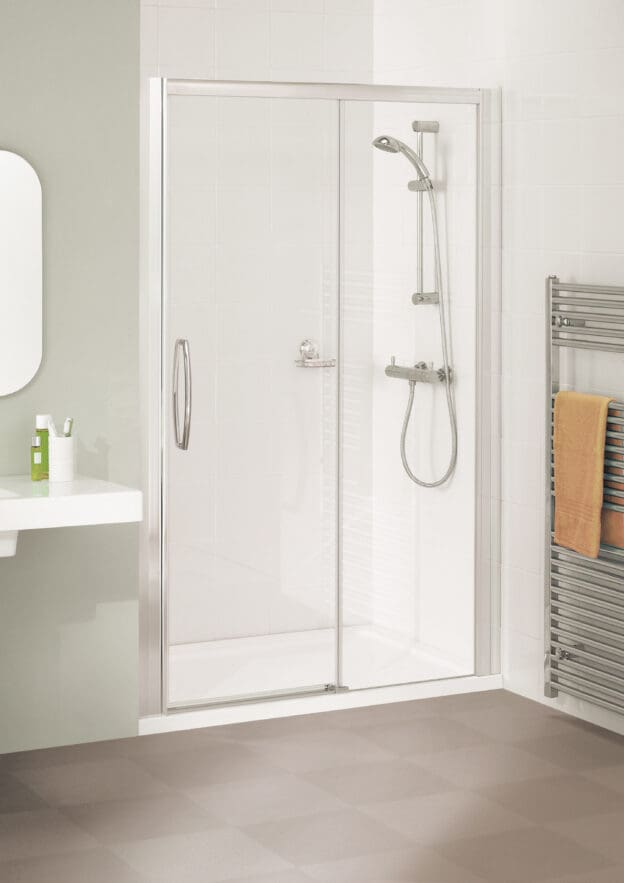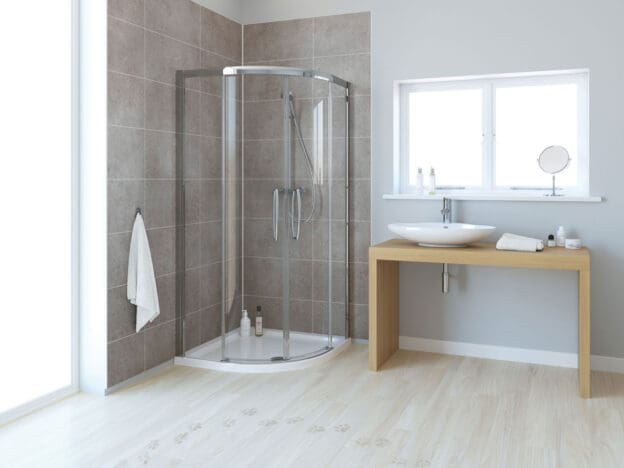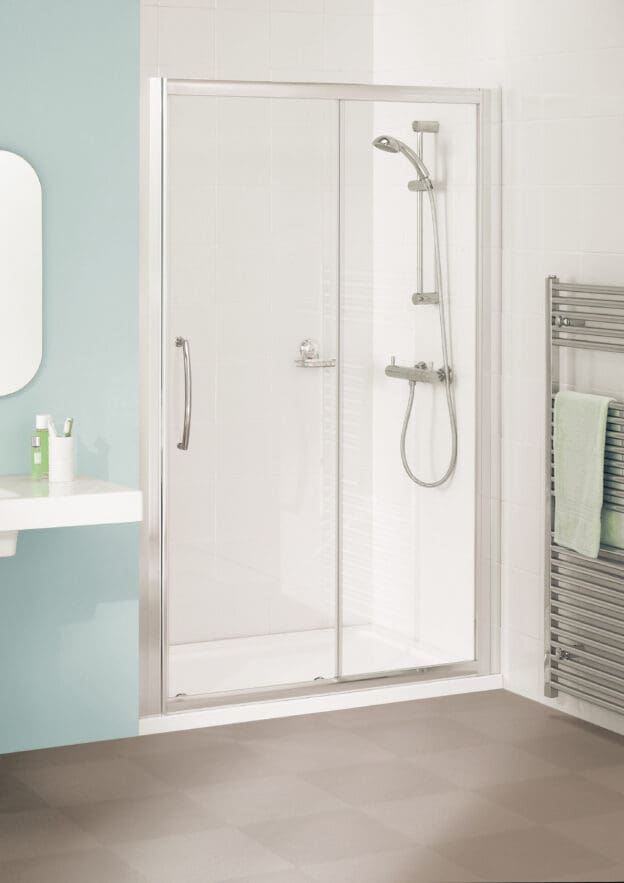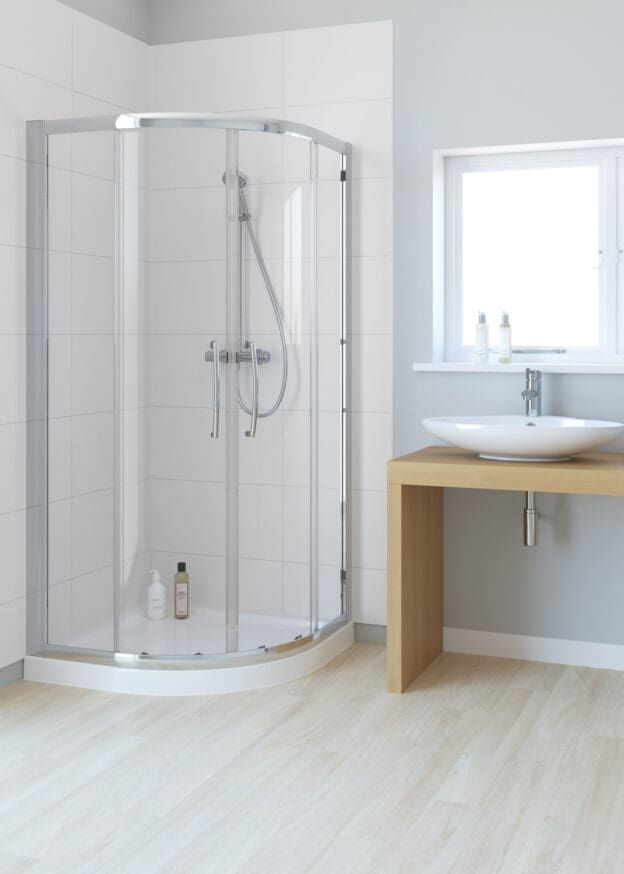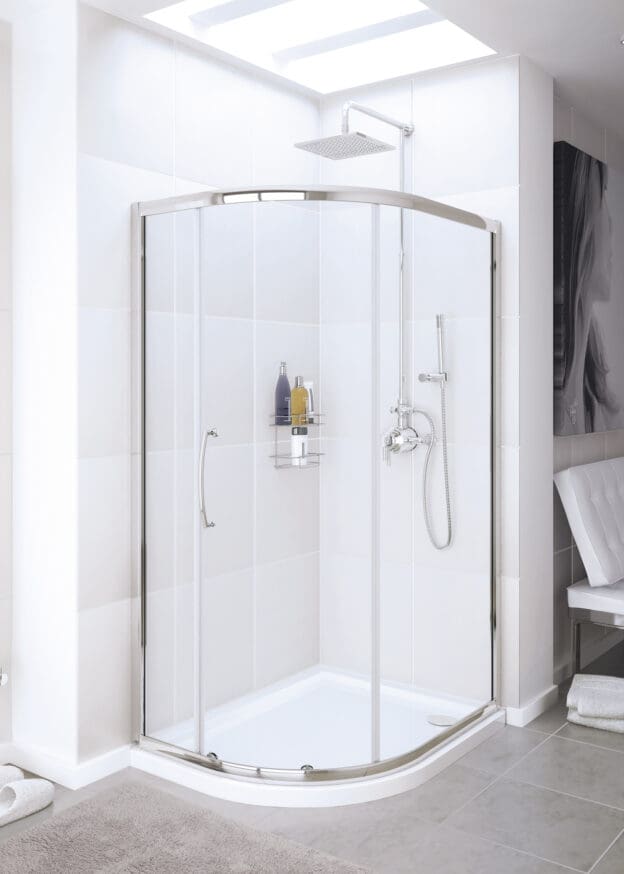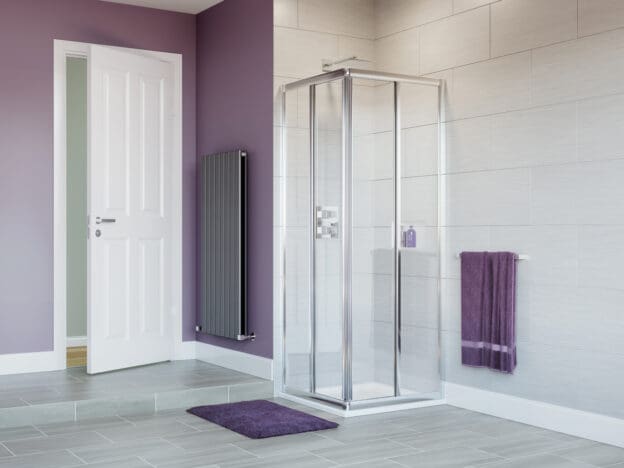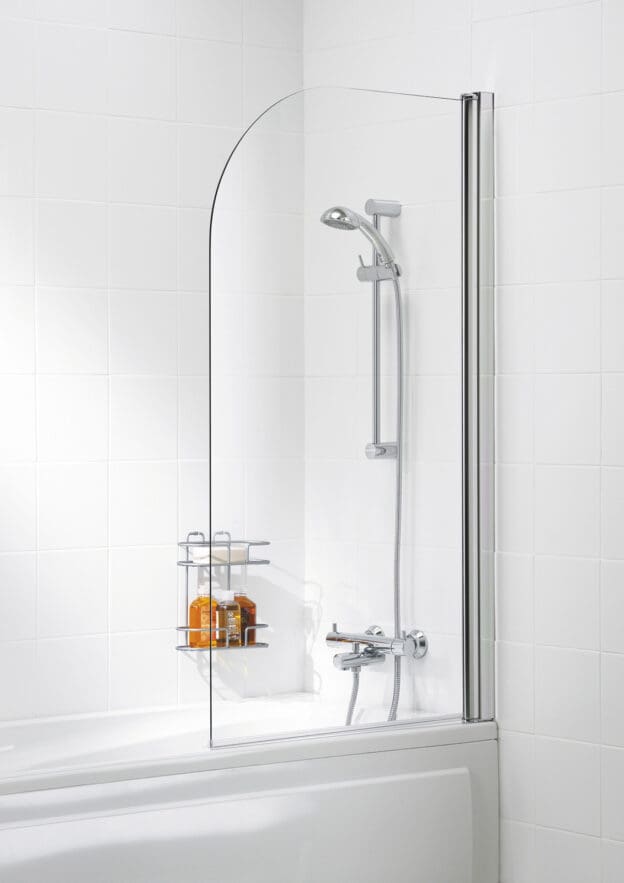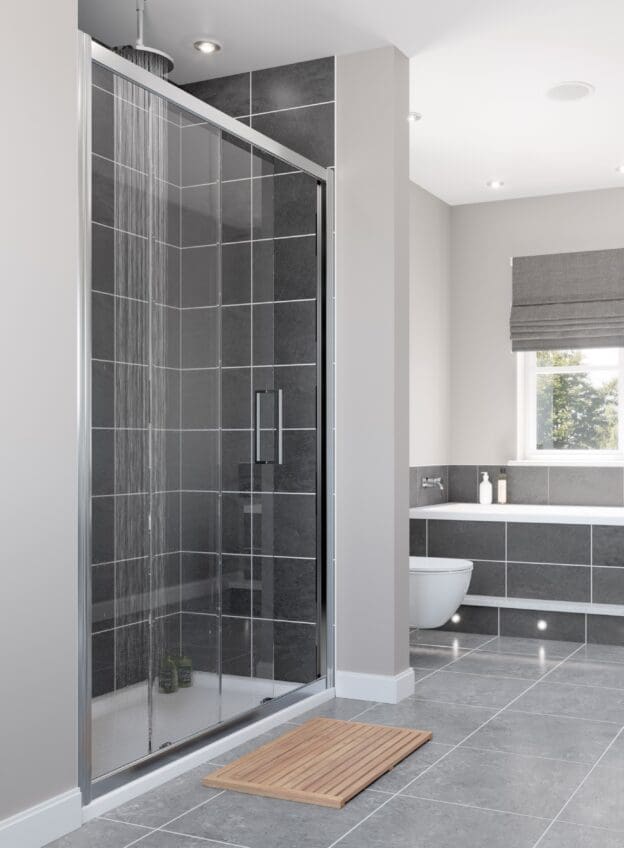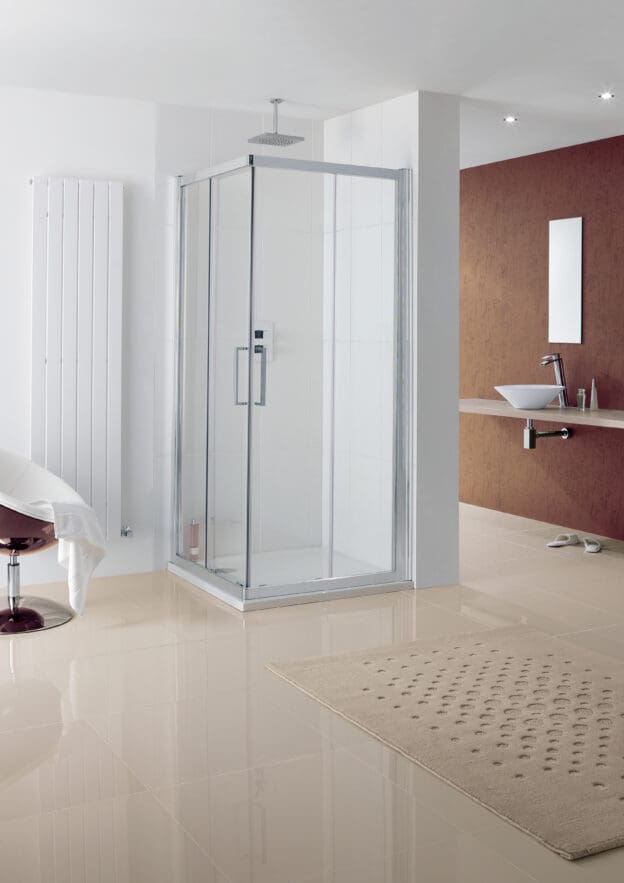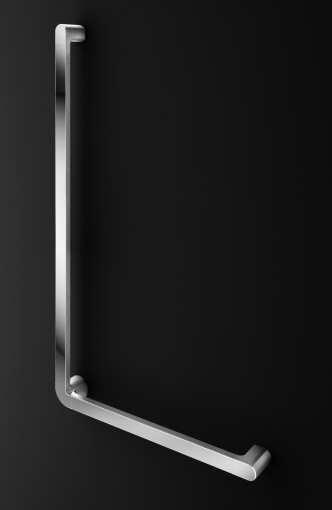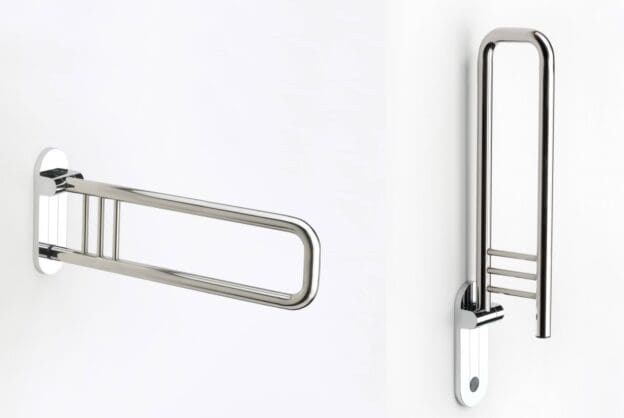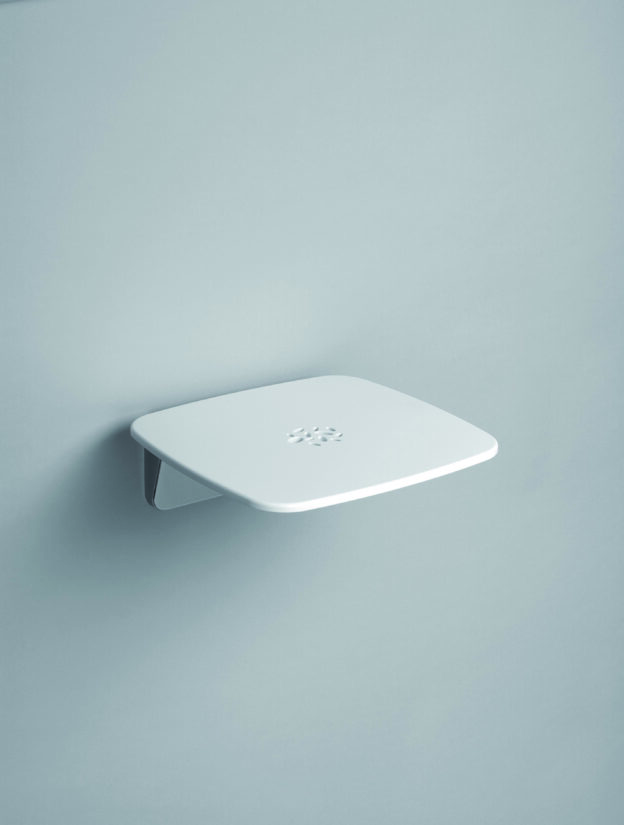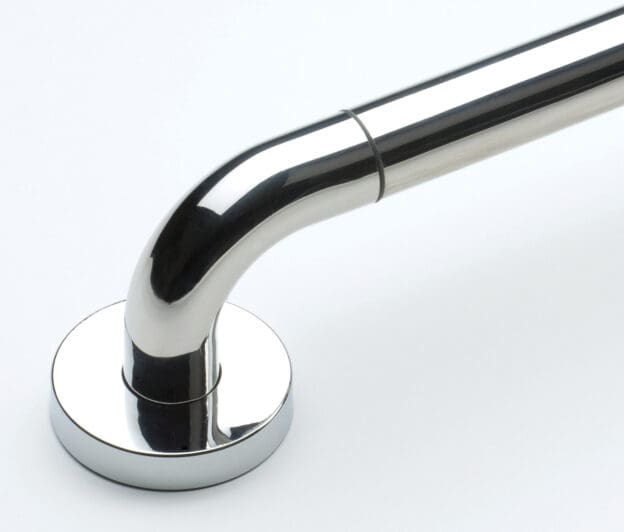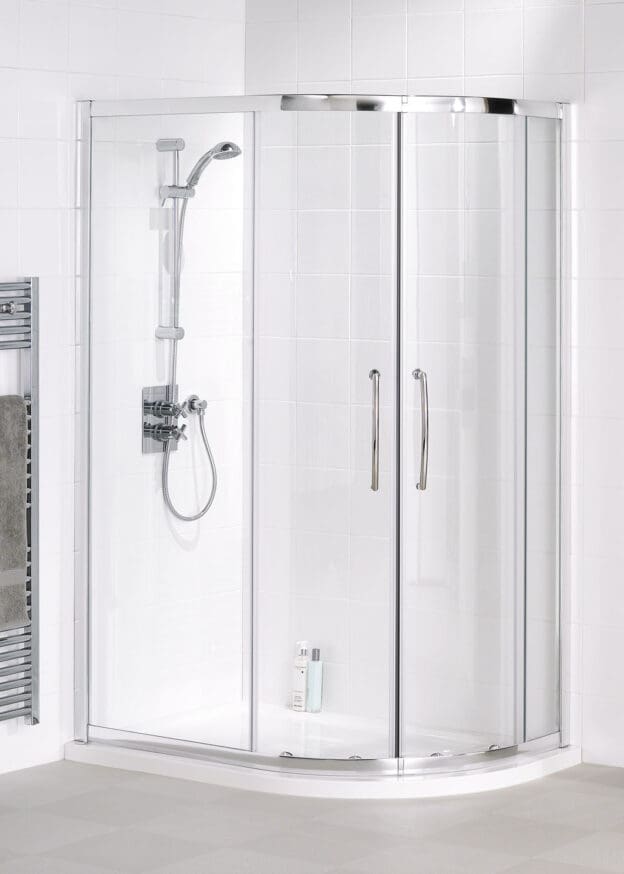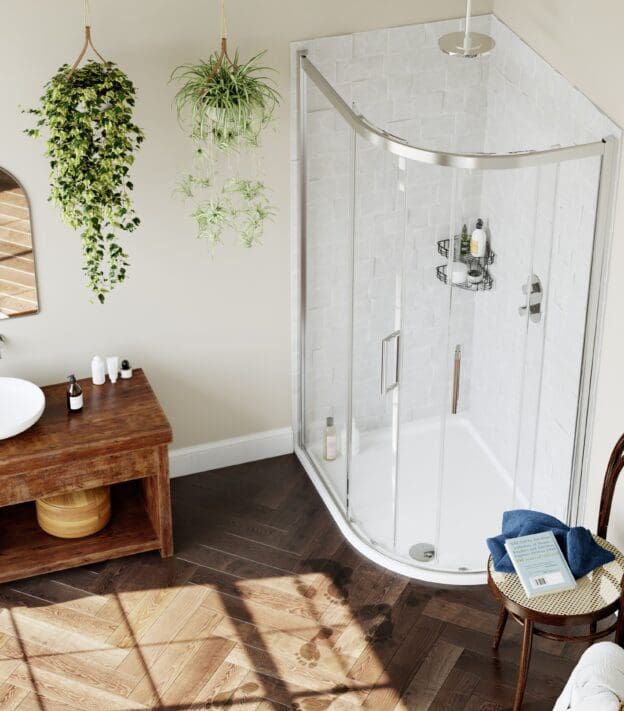Luxury and Functionality: Choosing Between Walk-In Showers and Wet Rooms for Your Bathroom Makeover
Insights, Lakes, Product | 09/07/2024Walk-in showers and wet rooms offer two attractive ways to transform your bathroom into a spacious, stylish, and practical space for luxurious lathering.
Historically, both were considered necessities for people with mobility issues, such as those with disabilities, injuries, or the elderly. Today, however, walk-in showers and wet rooms are popular due to their stunning aesthetics and ability to open up a space, along with their undeniable accessibility advantages.
Luxury hotels and spas have long recognized the benefits of replacing traditional, often claustrophobic, shower enclosures with walk-in showers and wet rooms. Homeowners across the country have been quick to follow suit.
It’s easy to see why, but if you’re considering a walk-in shower or wet room, there are many questions to consider. How do they work? What choices do you have? How do you go about fitting one? And which option is right for you?
What is the difference between a wet room and a walk-in shower?
A true wet room is completely open-plan, with water draining directly through the floor, while a walk-in shower typically features one or two glass screens and a low-level shower tray. Both options provide easy access and make a real statement in any bathroom or en-suite. Your decision will depend on budget, time constraints, and personal style.
An introduction to walk-in showers
Walk-in showers allow you to walk in without stepping up, unlike traditional showers or those over baths. They typically use low-profile trays, which are smaller in height than those in traditional shower enclosures. Standard trays can measure 35mm and above, requiring a small step up. In contrast, low-profile trays in walk-in showers usually sit at 25mm, allowing for easier access. Walk-in showers are not fully enclosed and can be configured in various ways, from single glass screens to three-sided enclosures.
Pros of walk-in showers
Perfect for small bathrooms: Walk-in showers create the illusion of more space, unlike bulky enclosures that require space for doors and high trays.
Stylish: Walk-in showers provide a contemporary, streamlined look that exudes luxury and style. Their flexible design allows for greater creativity with tiles and materials, offering a timeless high-end appearance that adds value to homes.
Ideal for those with limited mobility: The doorless and almost step-free design makes walk-in showers accessible for people with limited mobility and the elderly. Curbs and doors can be removed to allow for seating or even wheelchair access.
Versatile: Walk-in showers can fit into various bathroom spaces. Options include recessed (fitting into an alcove), corner (fitting into a corner with two glass screens), and floating (a single glass panel allowing walk-through entry).
Easy maintenance: With fewer nooks and crannies to clean, walk-in showers are easier to maintain compared to traditional enclosures. Choose screens with easy-clean coatings to repel grime and soap scum.
Durable design: With minimal fittings and no moving parts, walk-in showers are durable and robust, lasting for many years.
Cons of walk-in showers
Temperature: Without an enclosure, warm air and humidity escape, potentially making the bathroom feel colder. Solutions include radiators, glass-walled enclosures, or under-floor heating.
Water can build up: Without a bath or high tray to catch water, excess water can splash around the bathroom. Properly designed walk-in showers should have a slight slope towards the drain to prevent this.
Cost: Walk-in showers can be pricier than traditional enclosures due to the high-quality glass and drainage required. However, this investment pays off with a stylish and functional bathroom for years to come.
An introduction to wet rooms
Wet rooms are open-plan, with the shower floor flush with the rest of the bathroom and a slight gradient to direct water towards the drain. Some wet rooms are completely open, while others use a glass screen to prevent splashing.
Pros of wet rooms
Adds value to your home: Wet rooms create a stunning focal point and can increase property value if designed and installed properly.
Easy access: Wet rooms are ideal for those with mobility issues, disabilities, or the elderly, as there are no trays or ledges. Non-slip tiles make wet rooms safe and accessible for all ages.
Creates a designer look: Wet rooms offer a stylish option, resembling high-end spa designs and creating a practical focal point.
Ideal for small bathrooms: Wet rooms enhance a sense of space, eliminating the need for bulky fixtures. They can adapt to unusual architectural features and make the most of small second bathrooms or en-suites.
Easy to clean: Wet rooms are easy to maintain, with no runners or creases to collect dirt. A simple squeegee can remove excess water.
They last longer: Properly installed wet rooms are resistant to moisture damage and leaks, requiring less maintenance and retaining a new appearance longer.
Easily customizable: Wet rooms can be configured in various ways to fit any bathroom size, from small en-suites to large luxury spaces.
Cons of wet rooms
Excess water: The “splash zone” can make the entire space wet, requiring full waterproofing.
Slippery floors: Non-slip tiles are essential to prevent slips.
Dampness: Proper ventilation is necessary to prevent excess moisture and steam buildup.
Installation: Wet rooms are complex to install, requiring careful drainage planning.
Re-selling: Personal preferences may make wet rooms less appealing to some buyers.
Cost: Wet rooms are expensive to install but are built to last, requiring a significant budget for a well-designed space.
Bathroom transformations are a popular trend in home renovations. Both walk-in showers and wet rooms, when well designed and installed, add style and value. At Lakes, we’ve been designing, engineering, and manufacturing showering spaces since 1986. Contact our expert team at 01684853870 to discuss the best option for your home.
